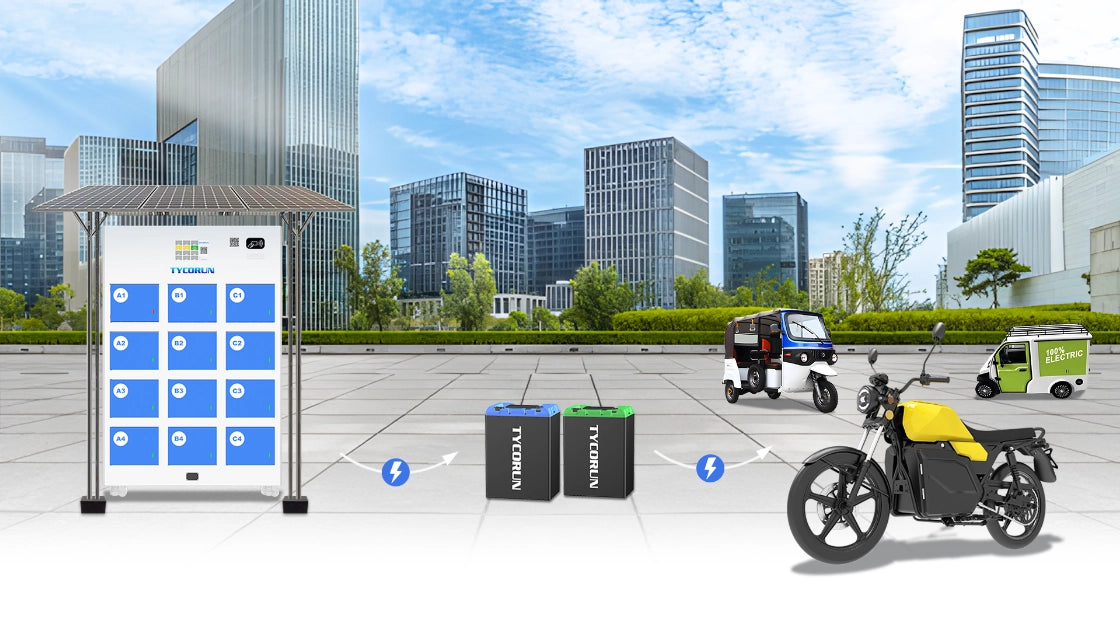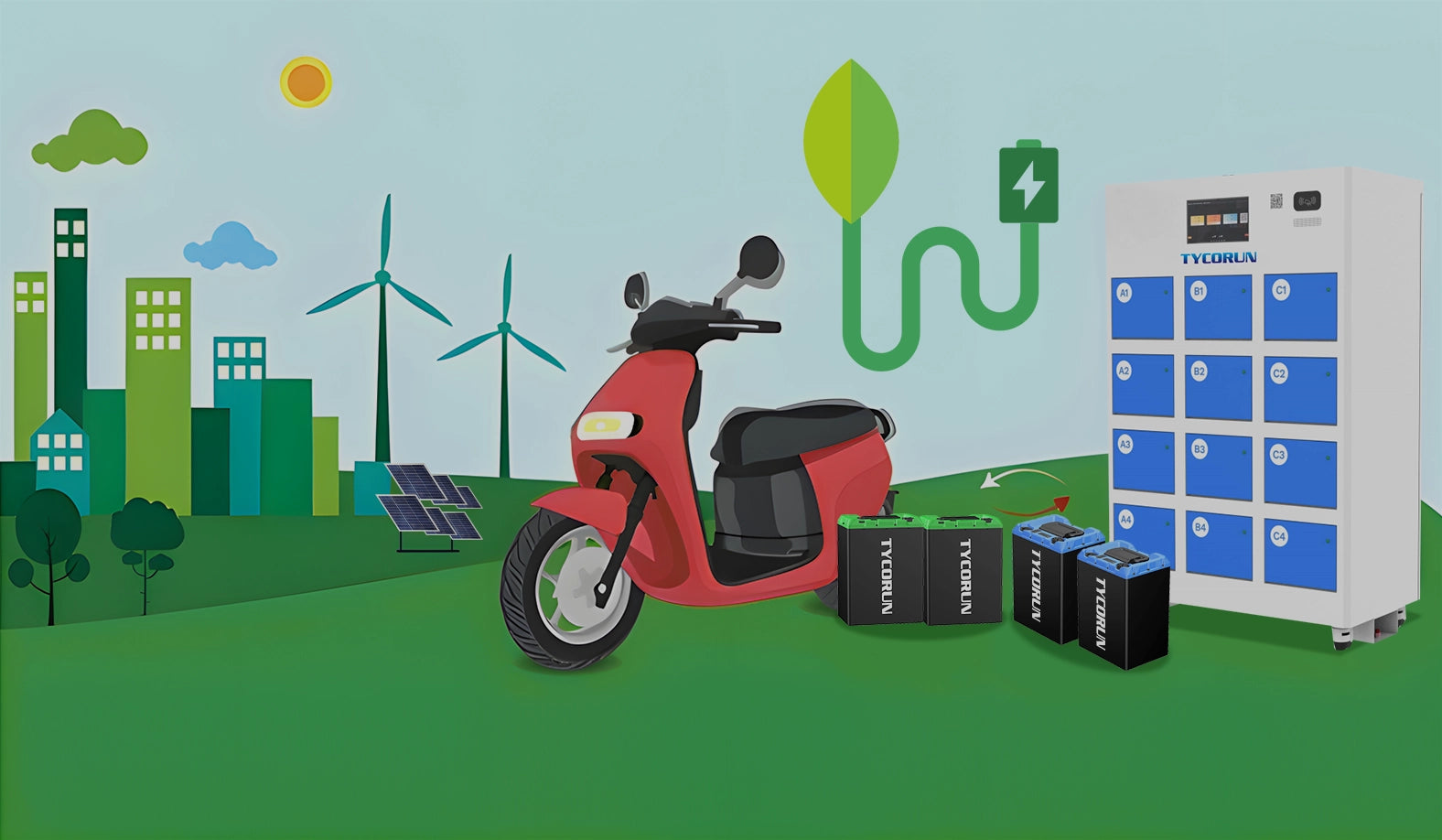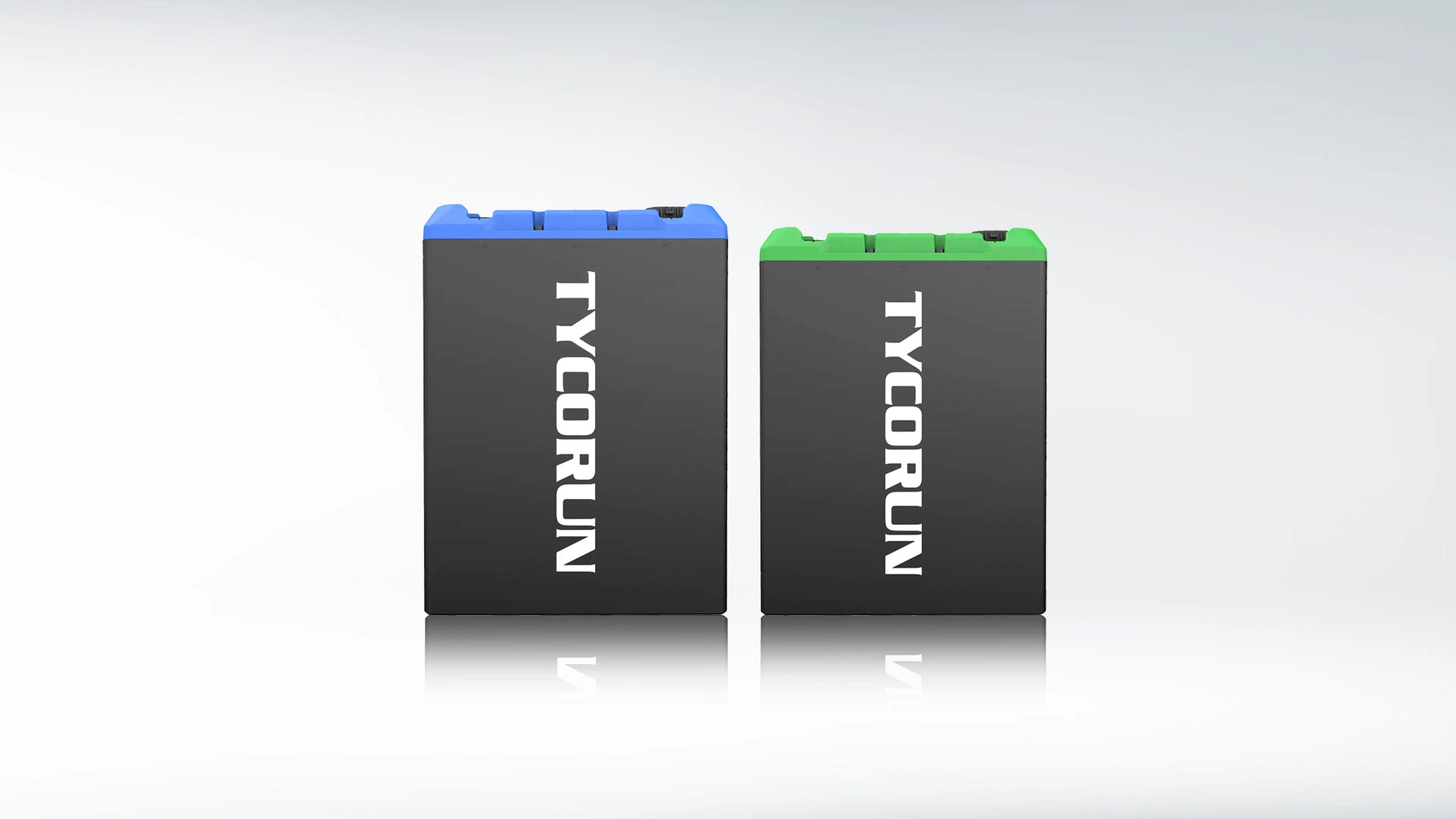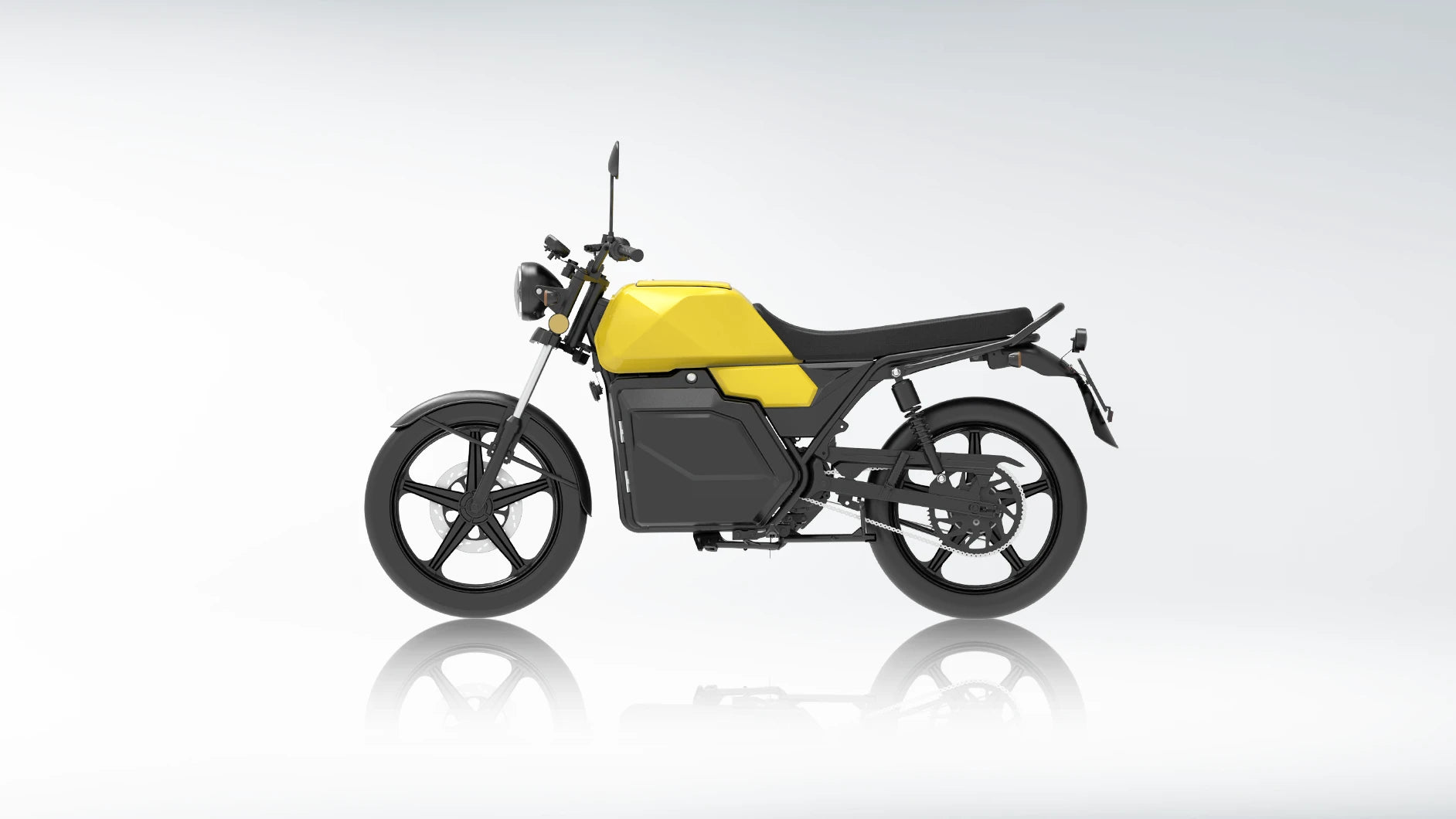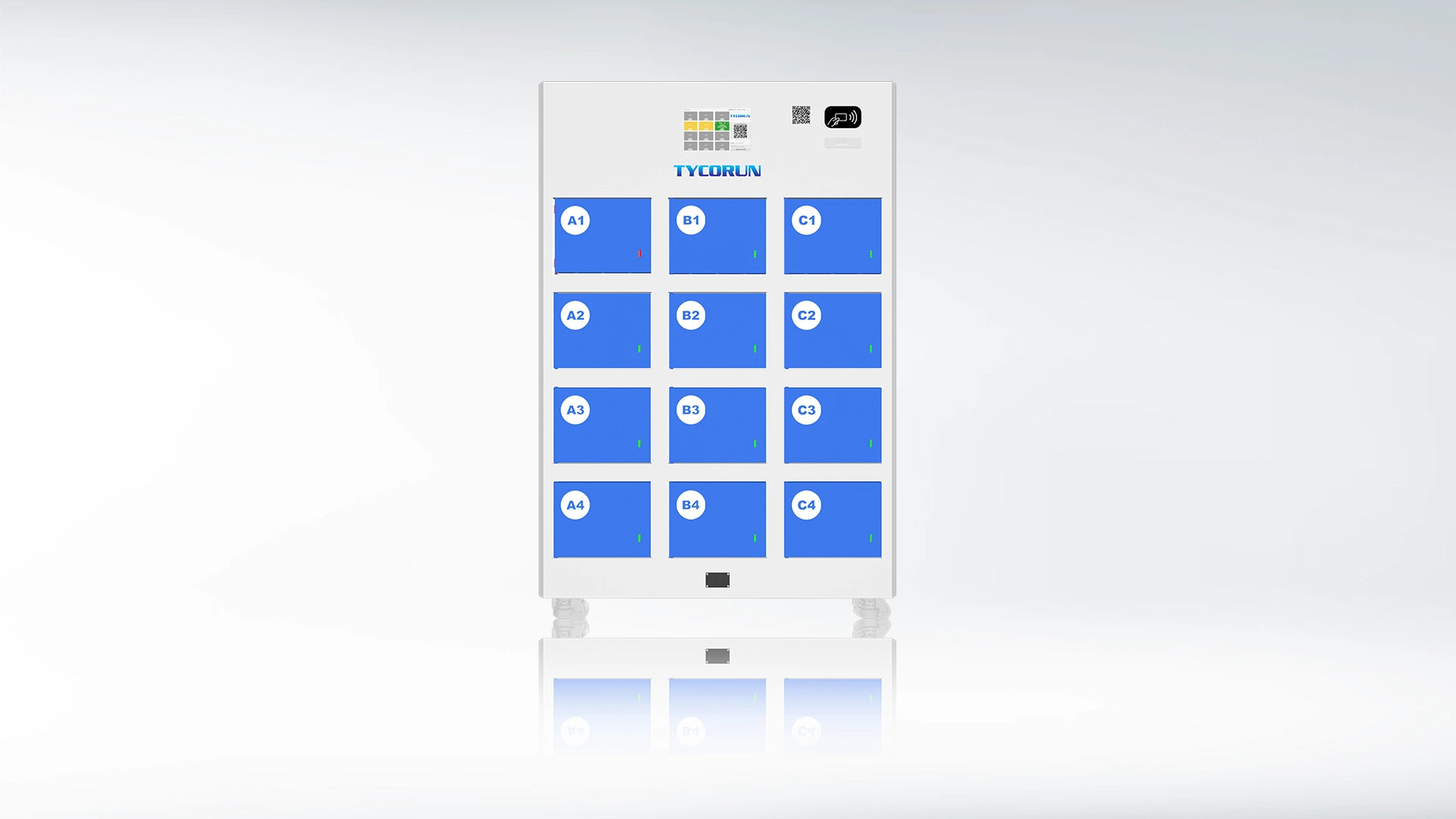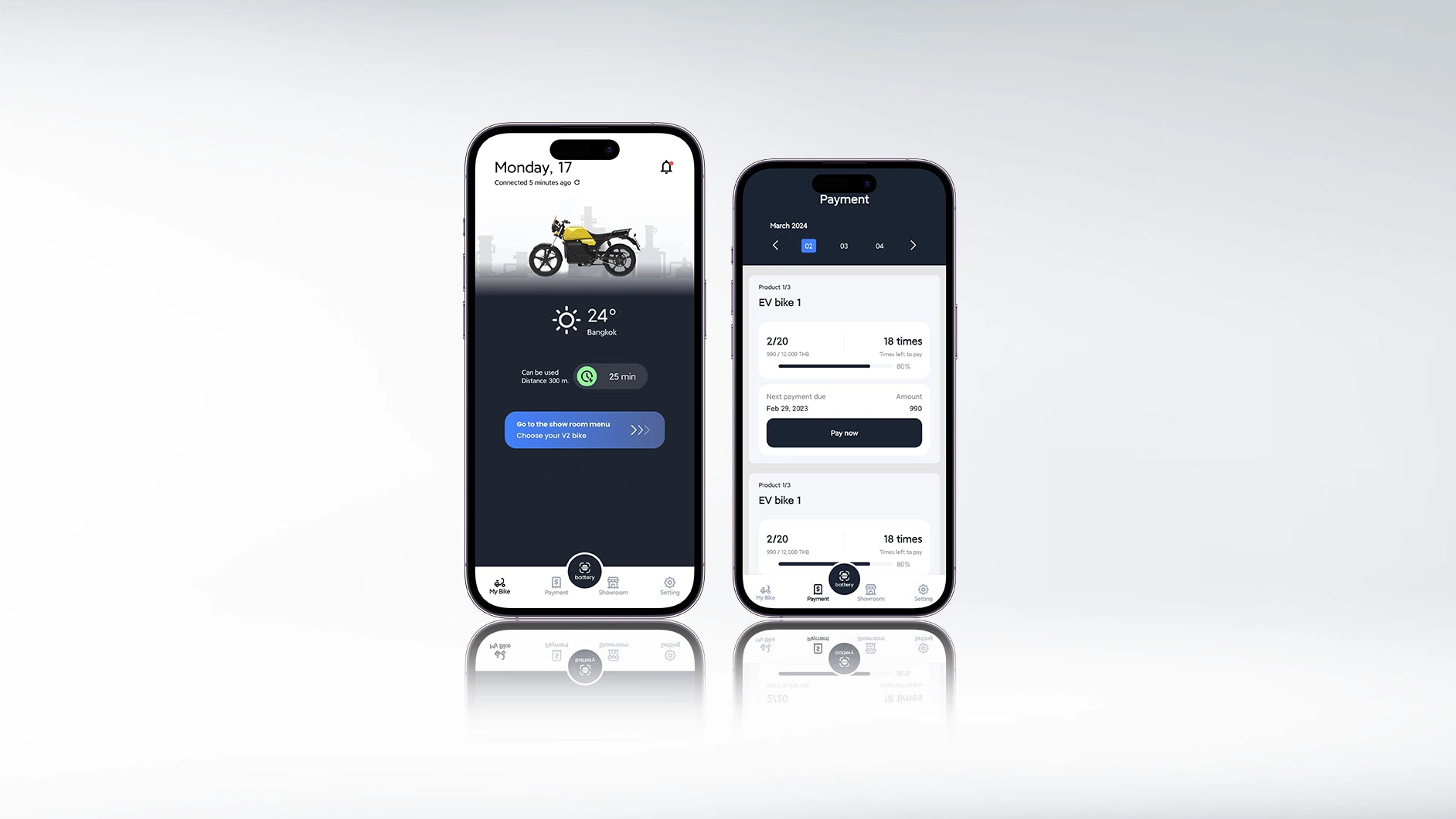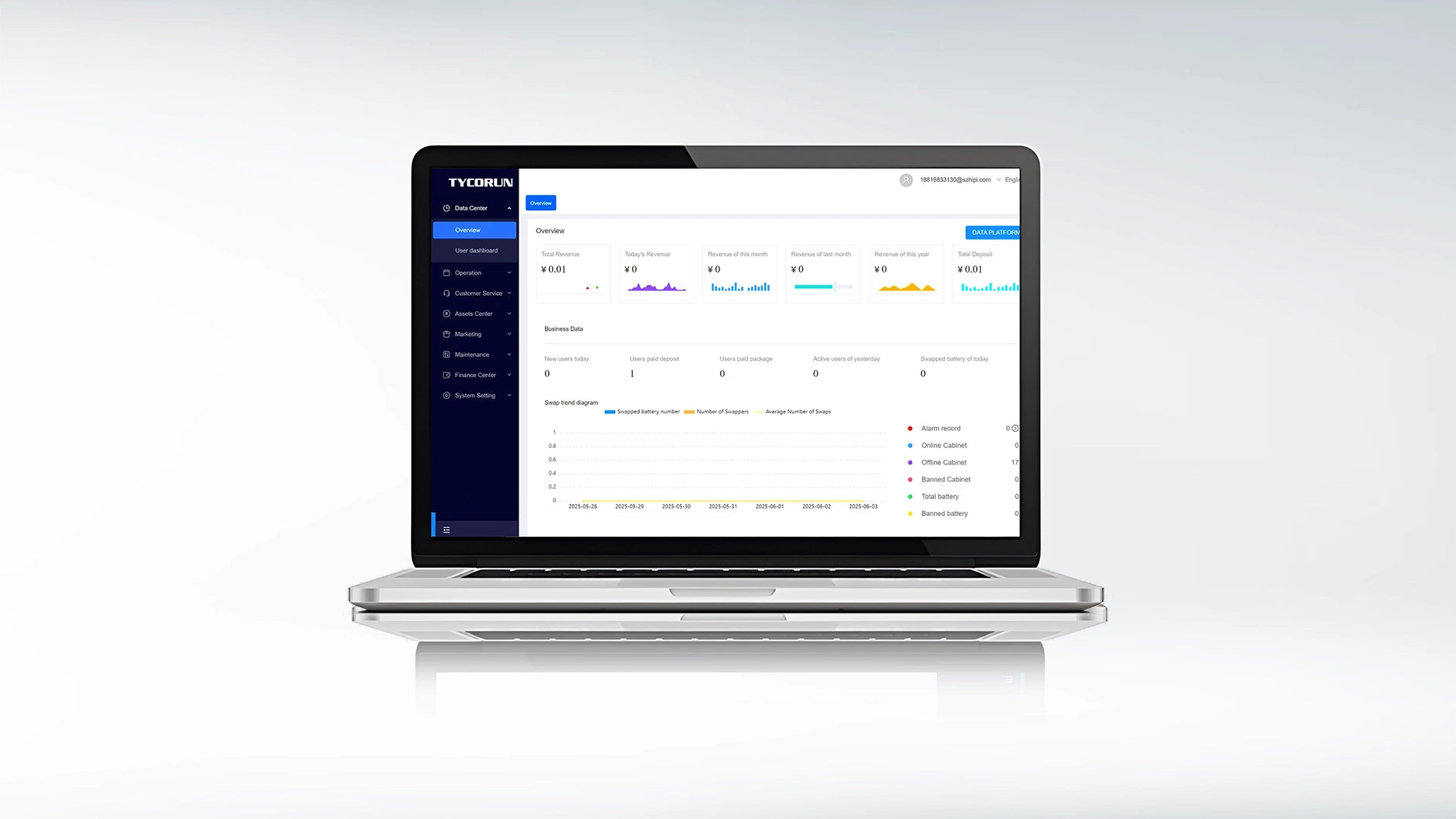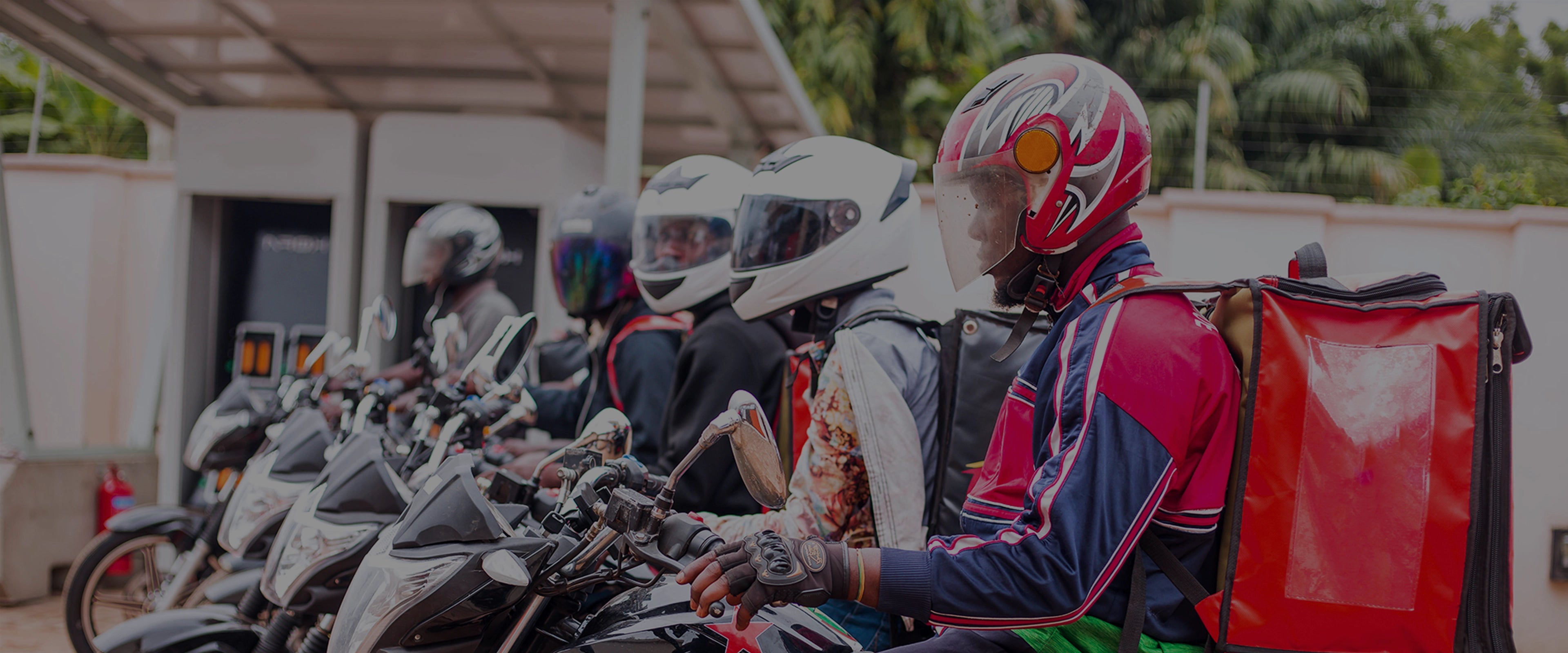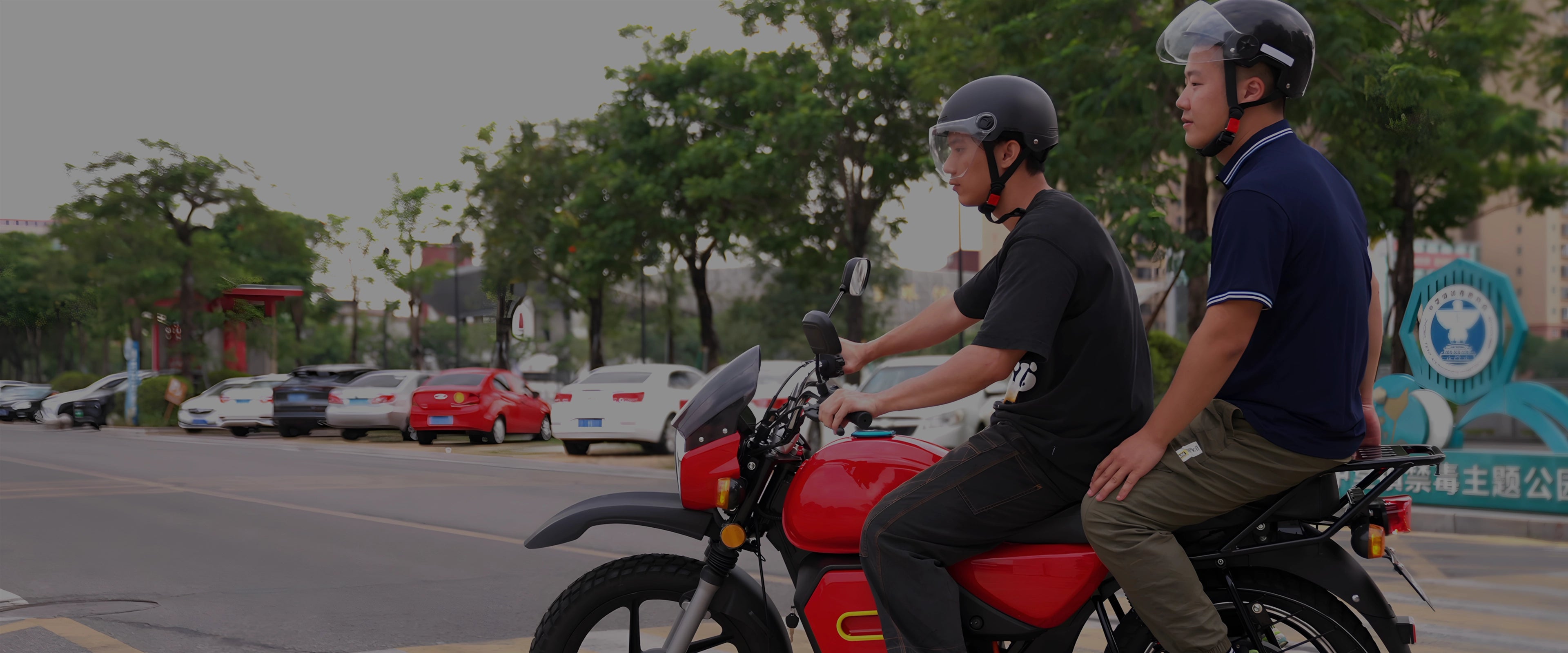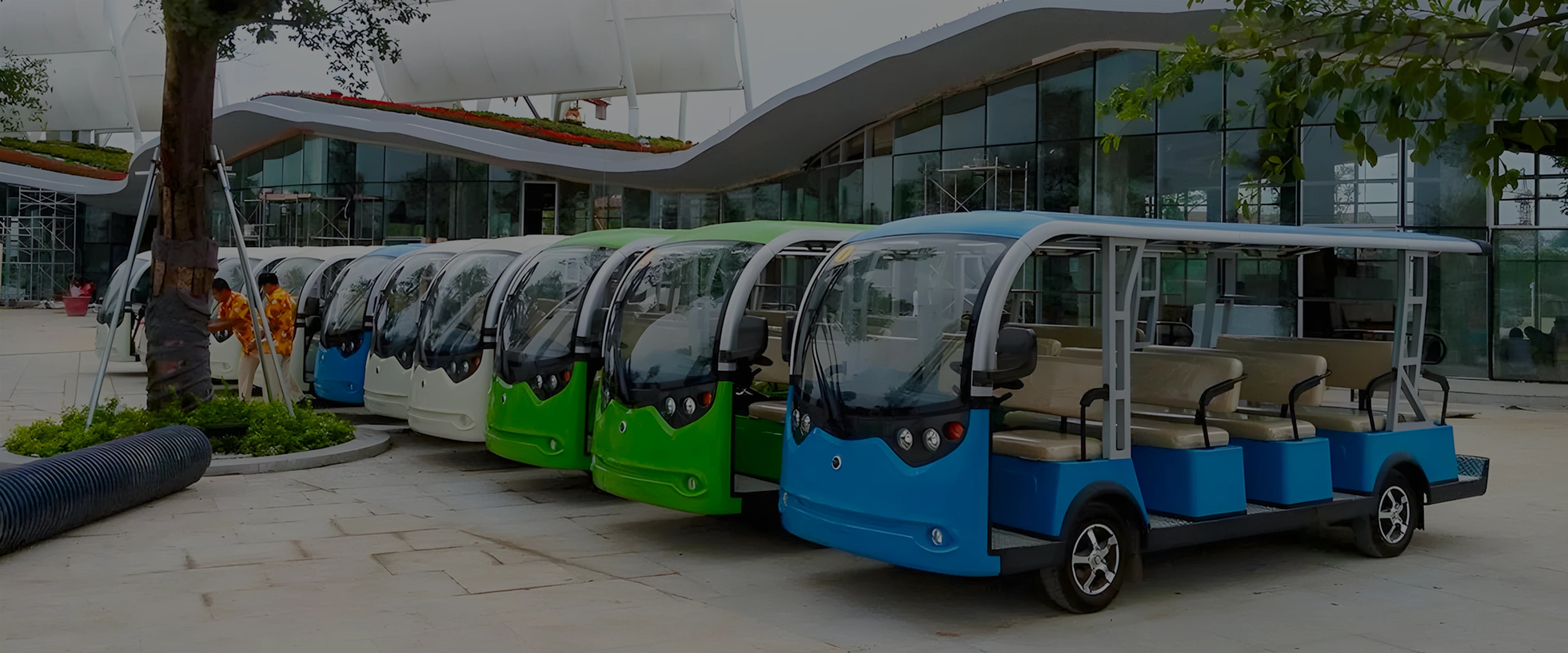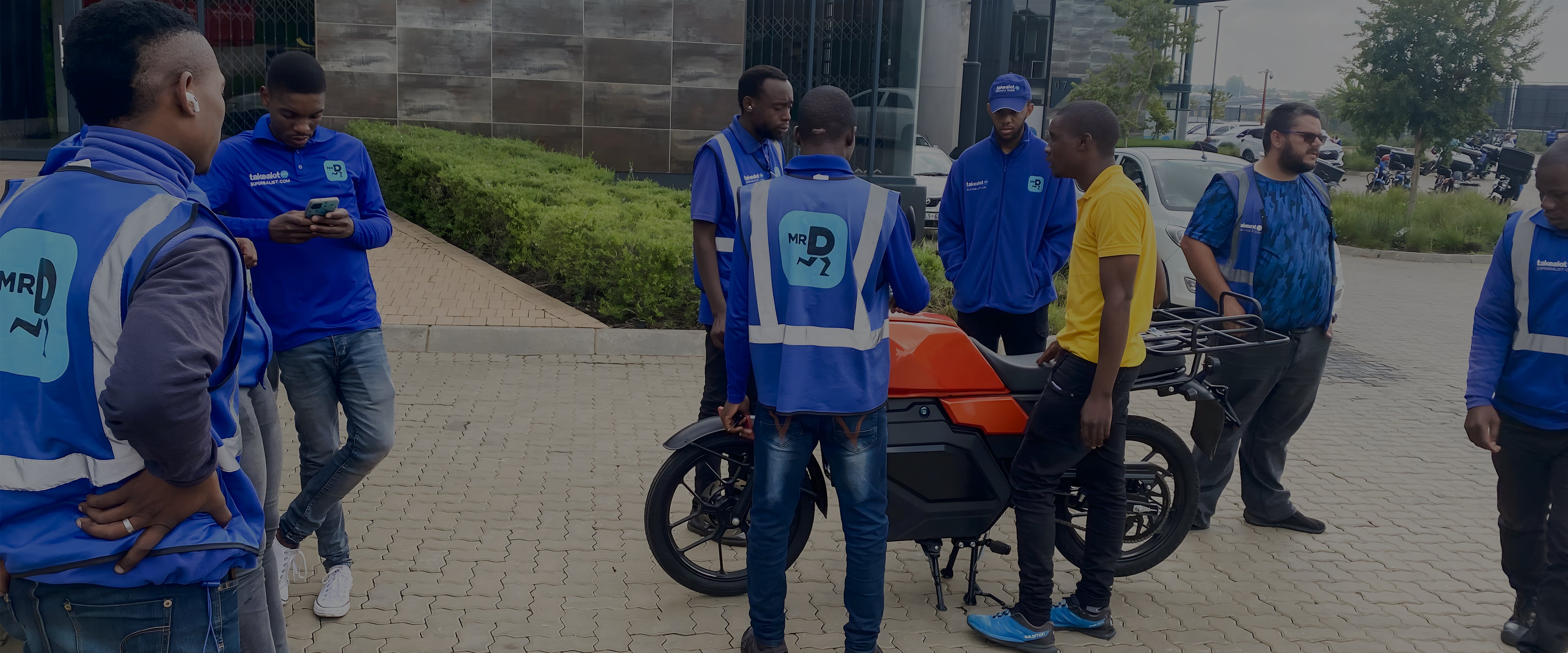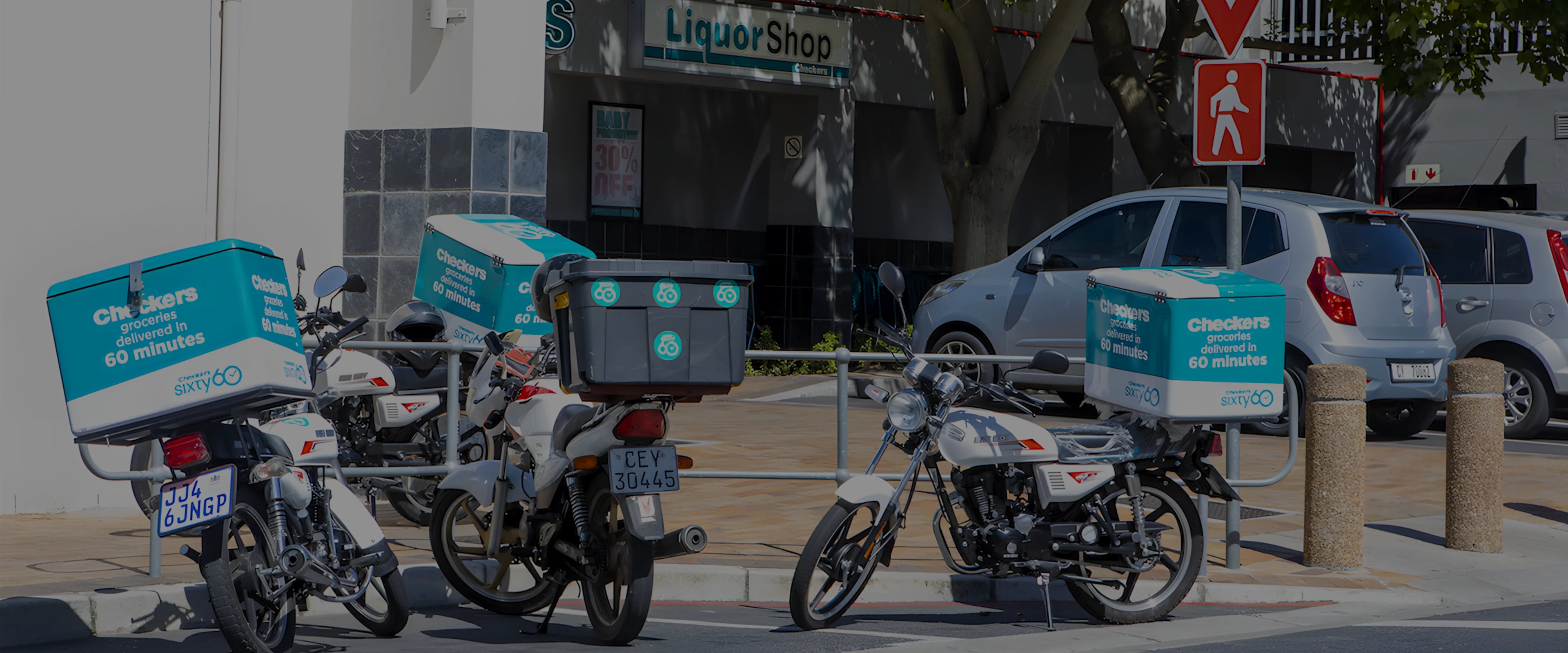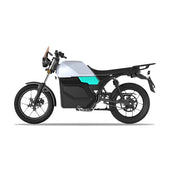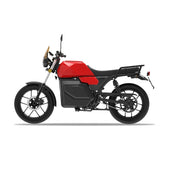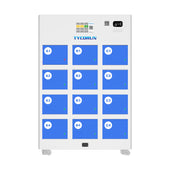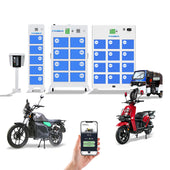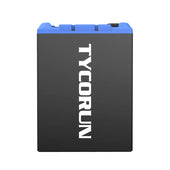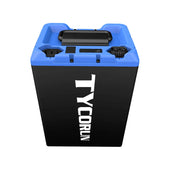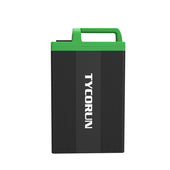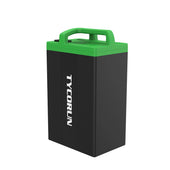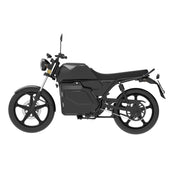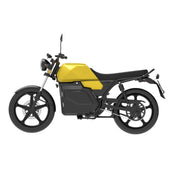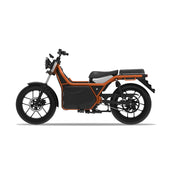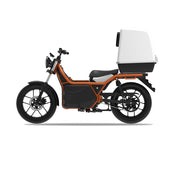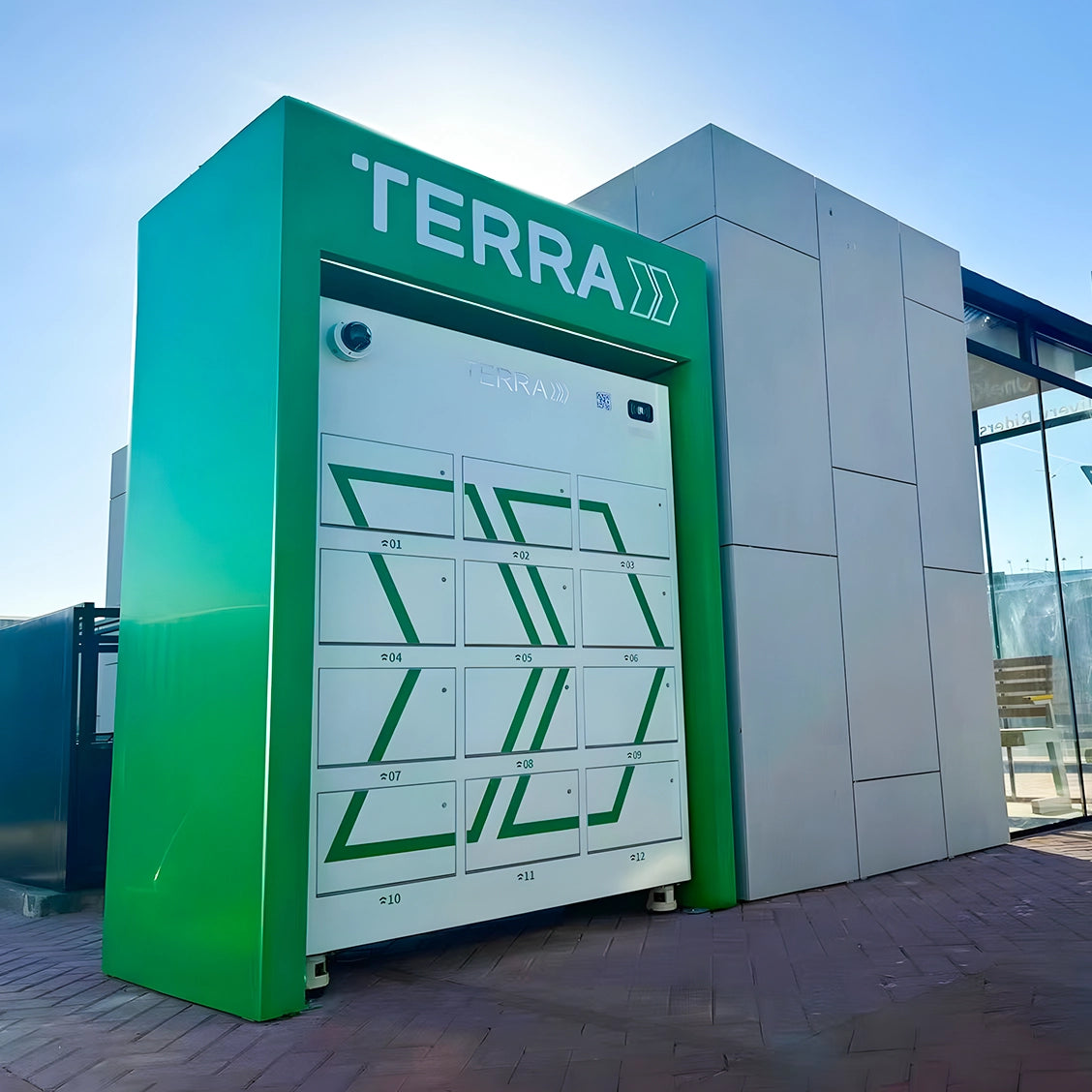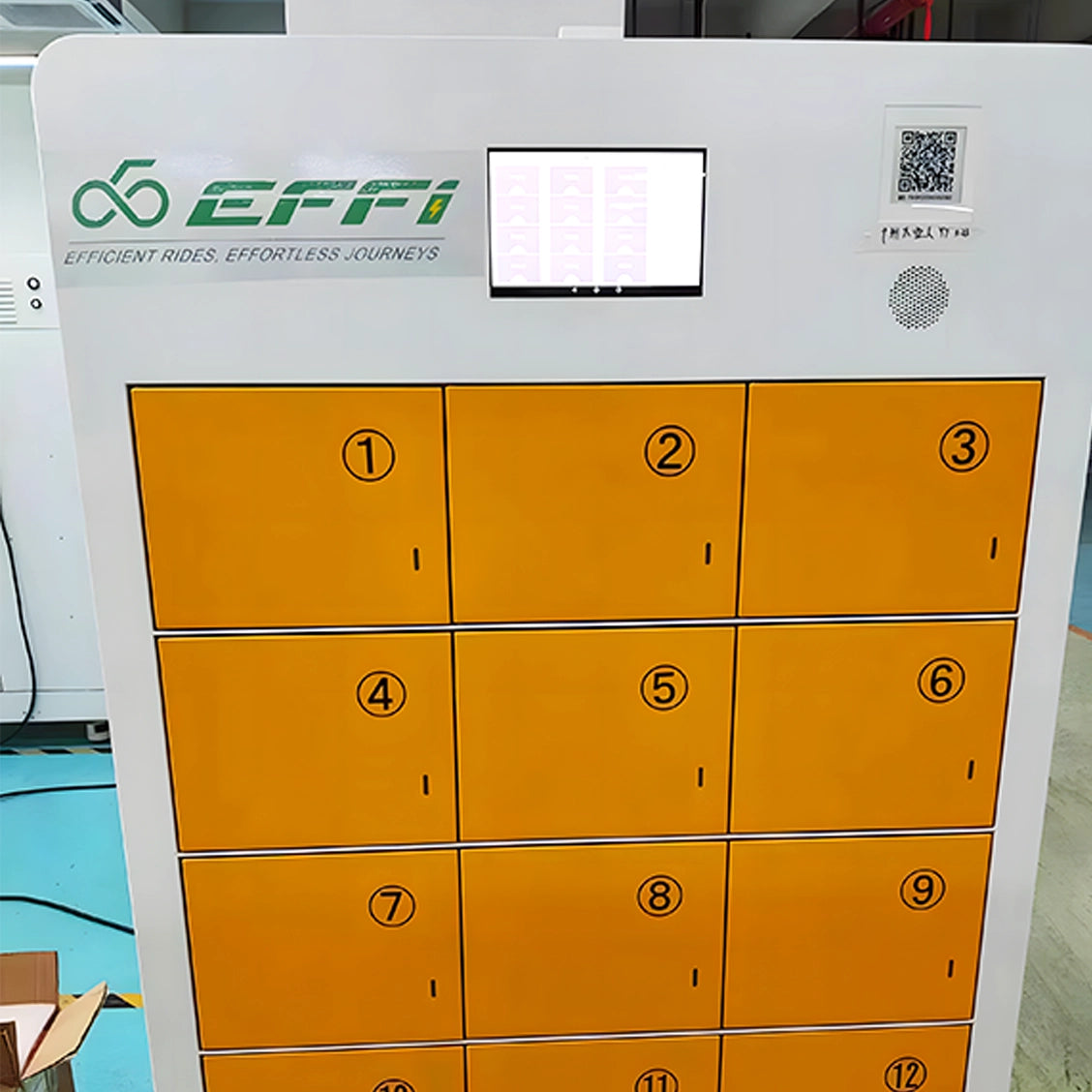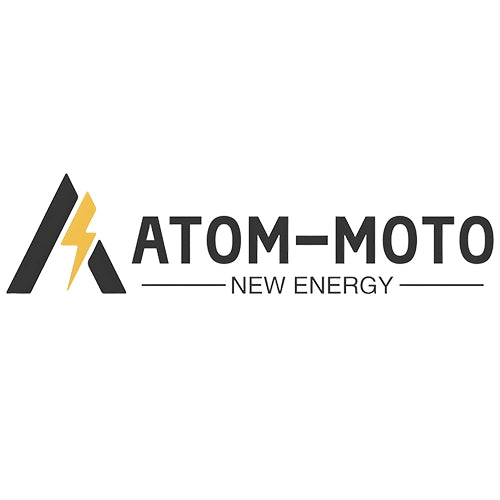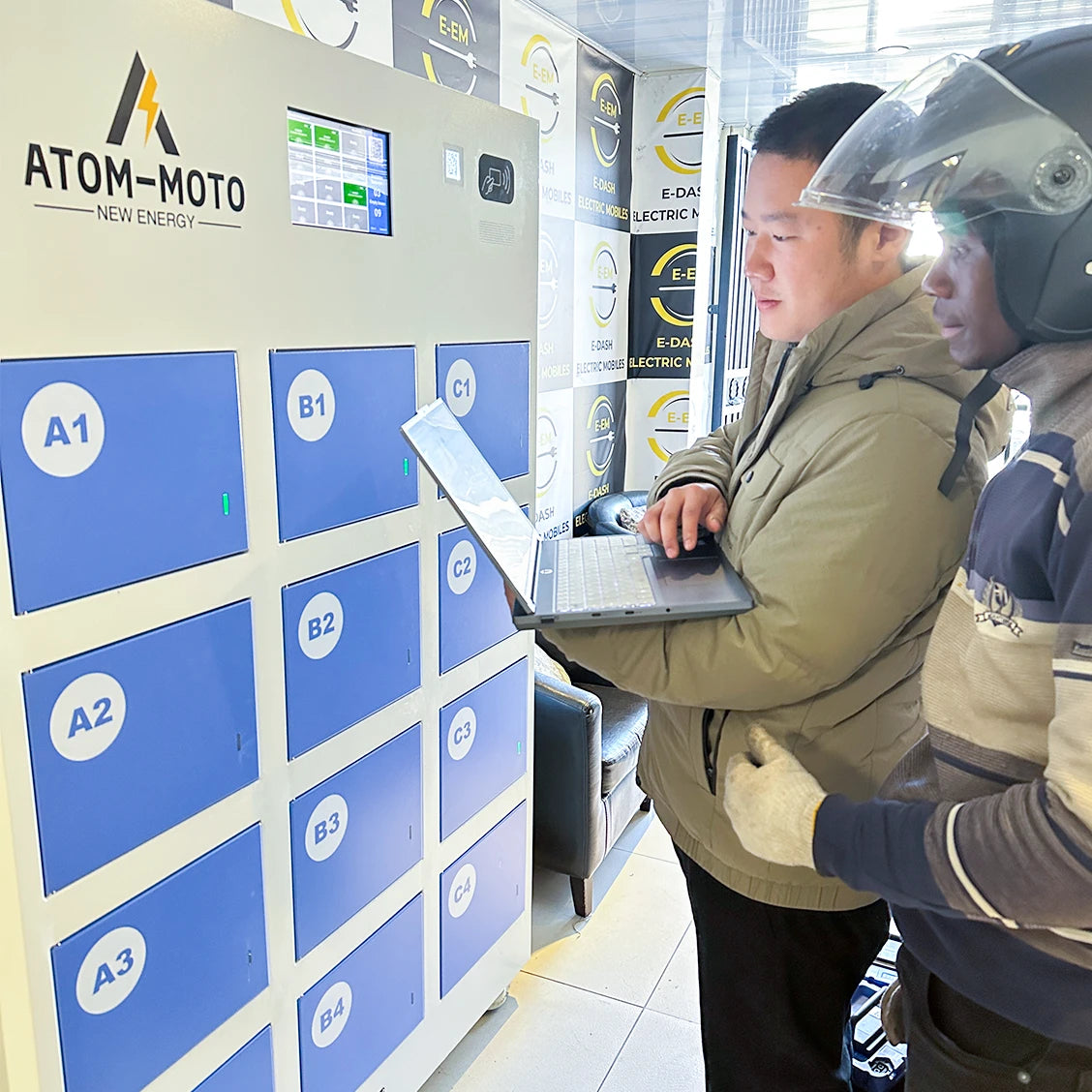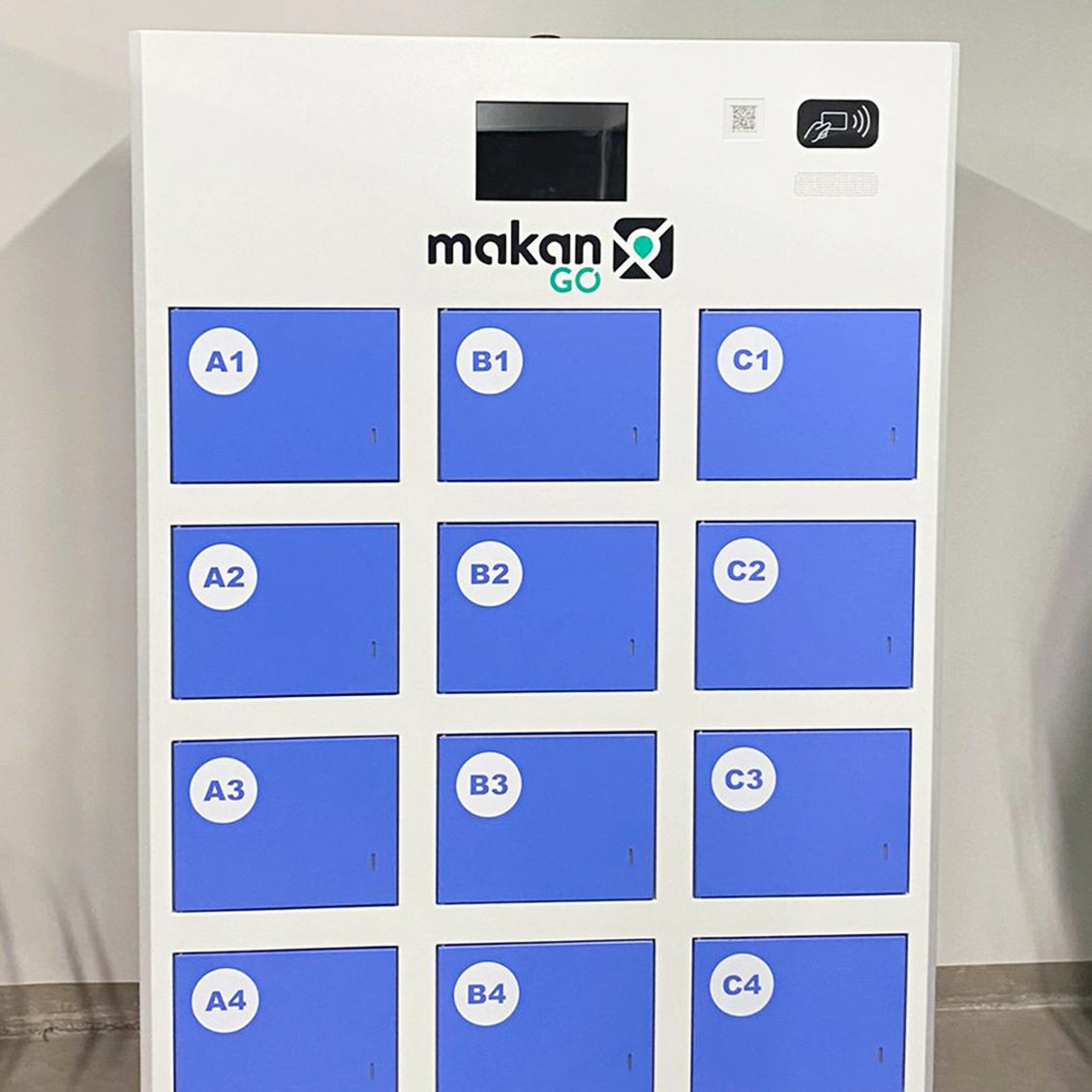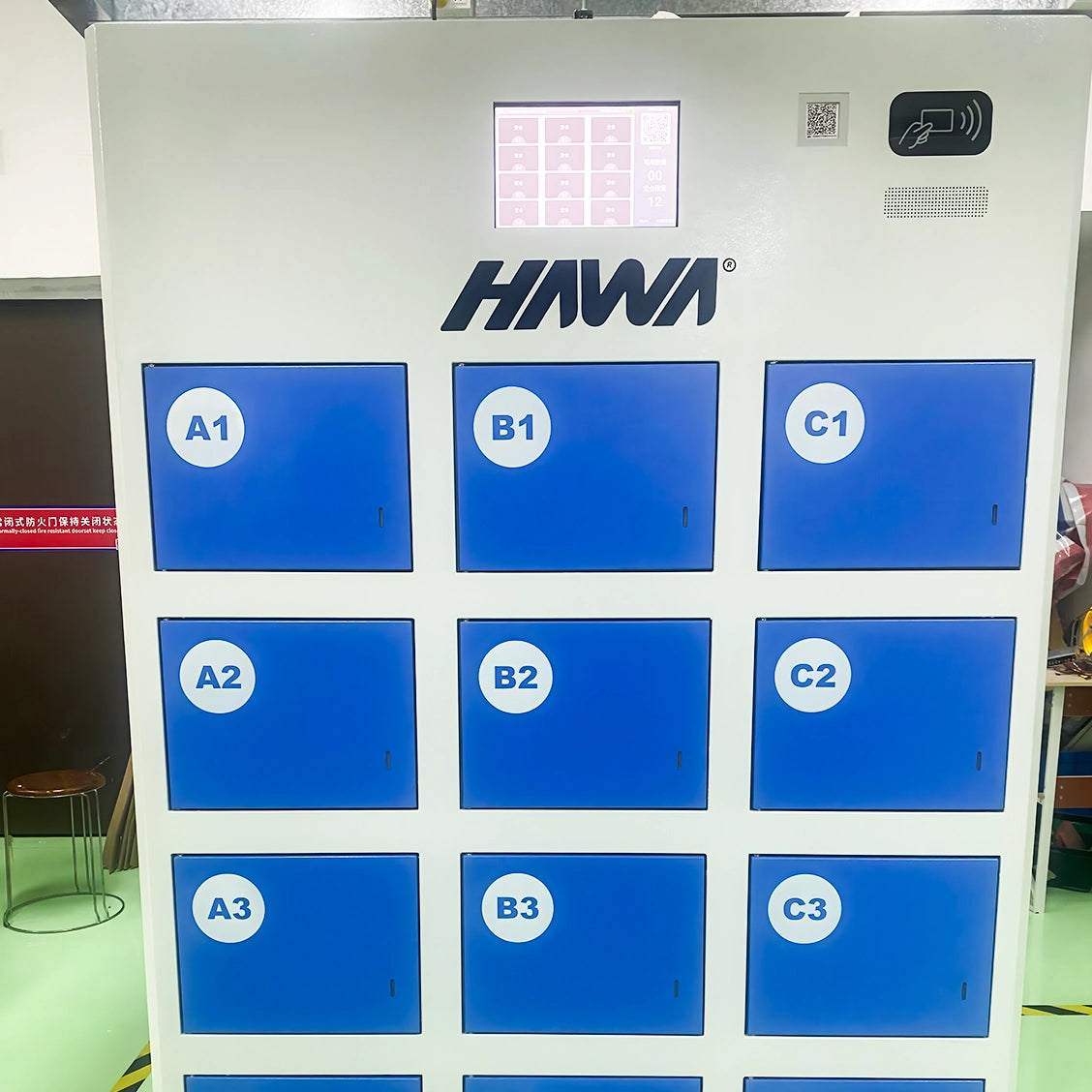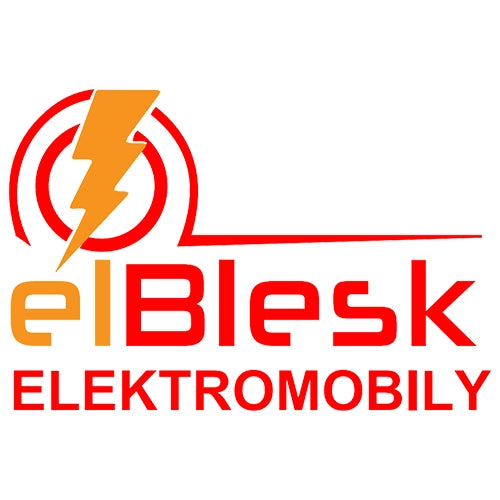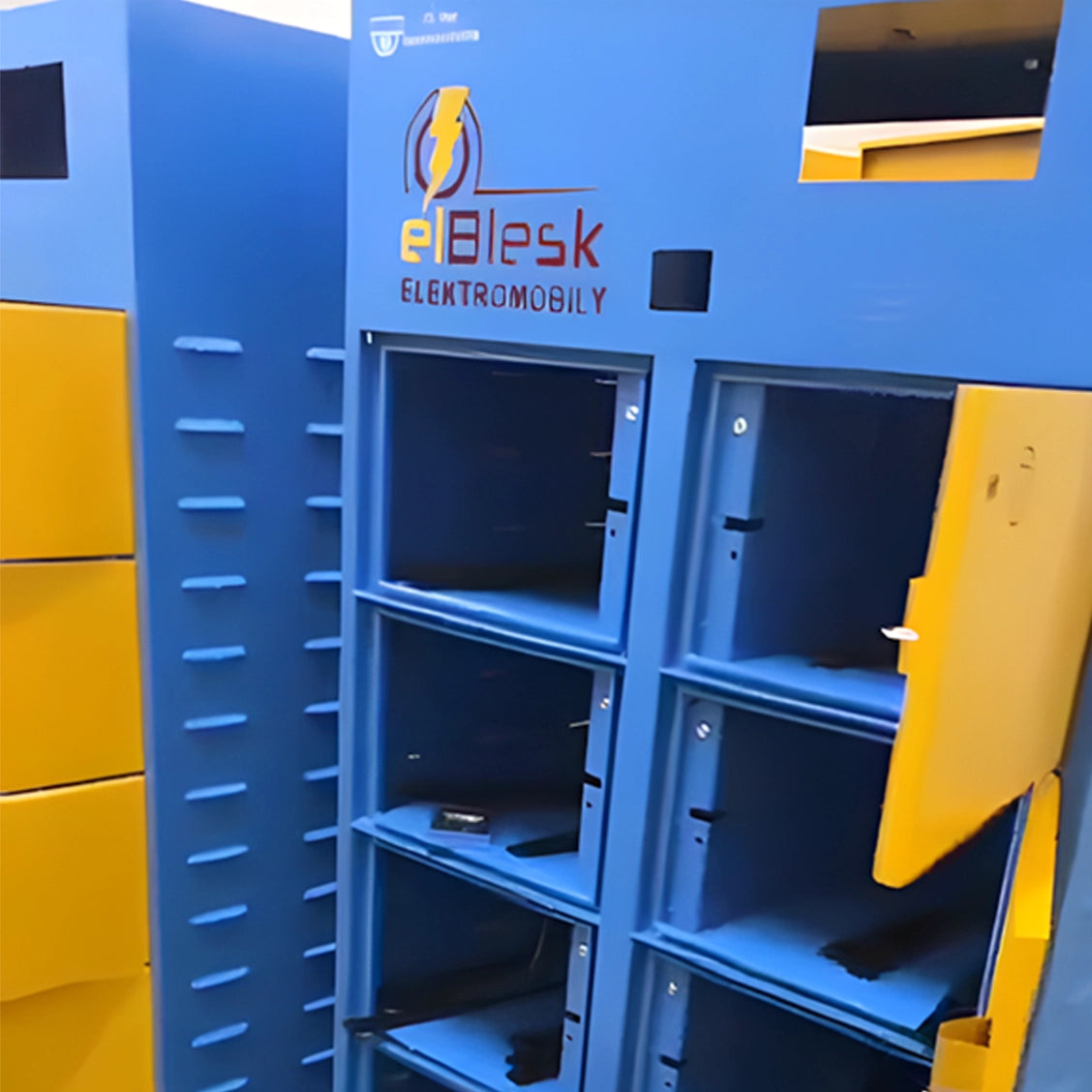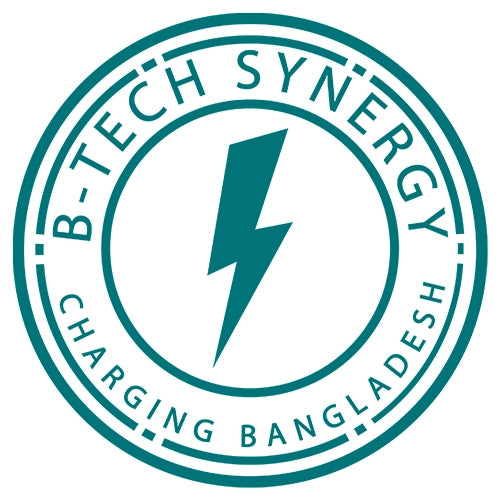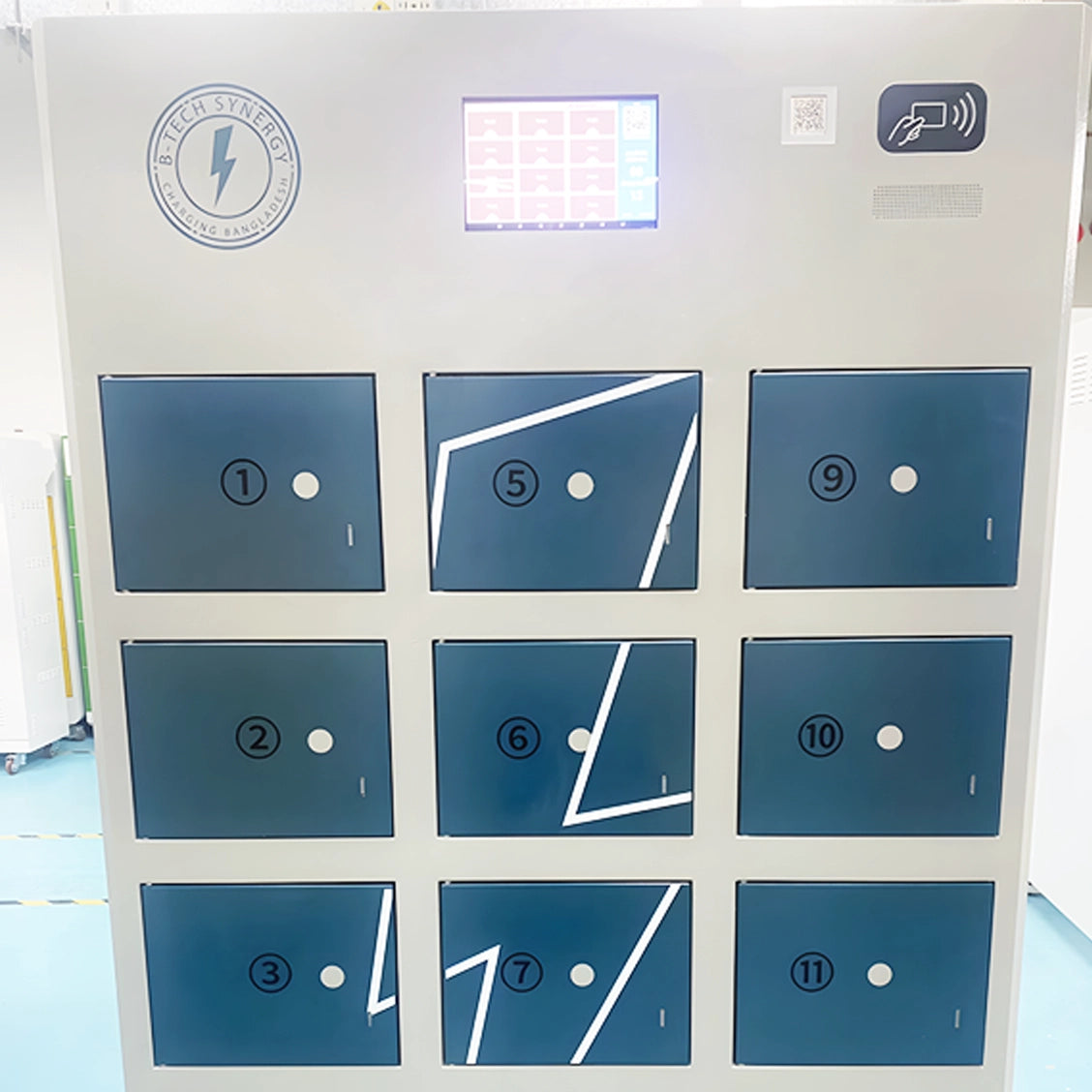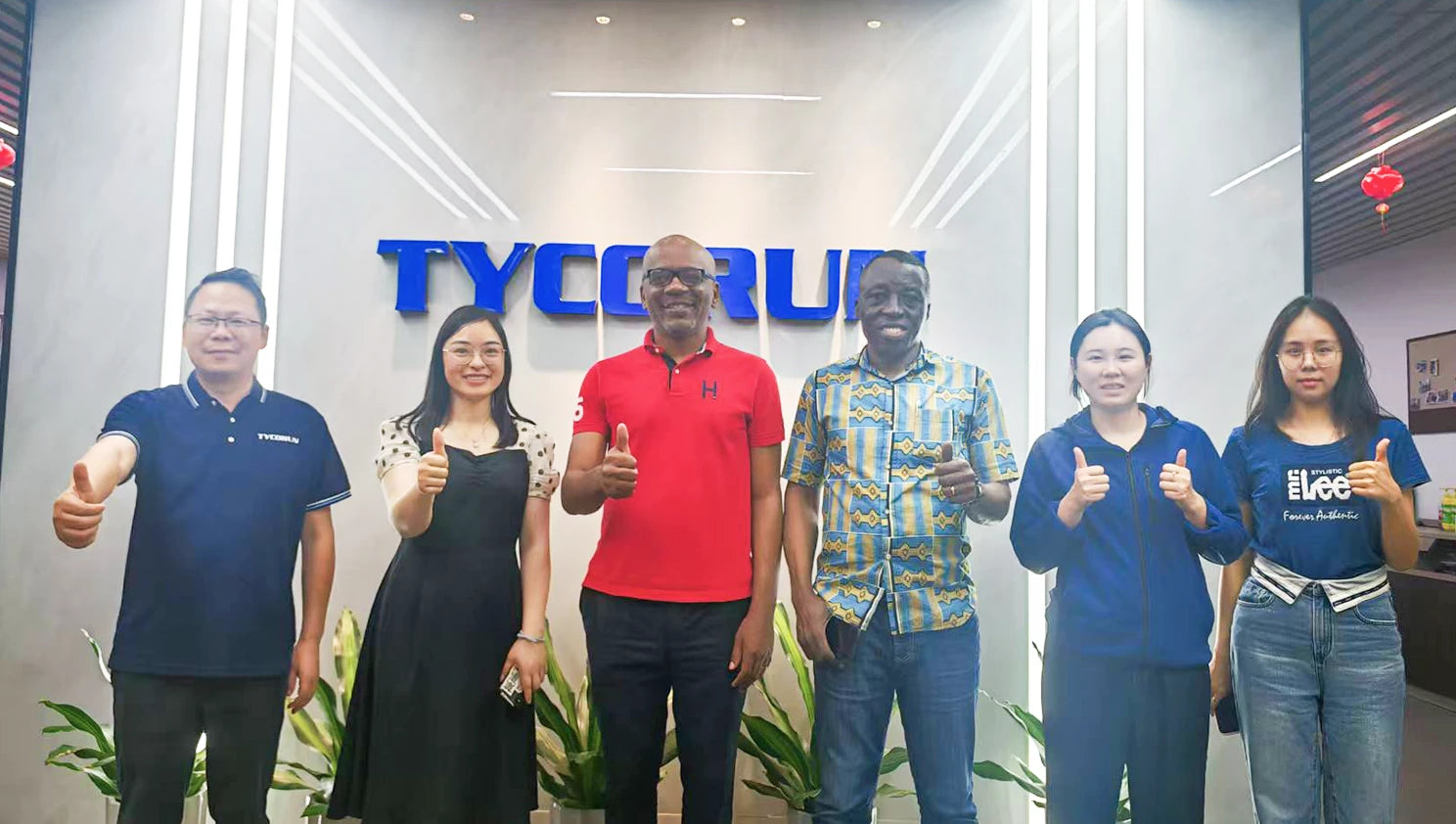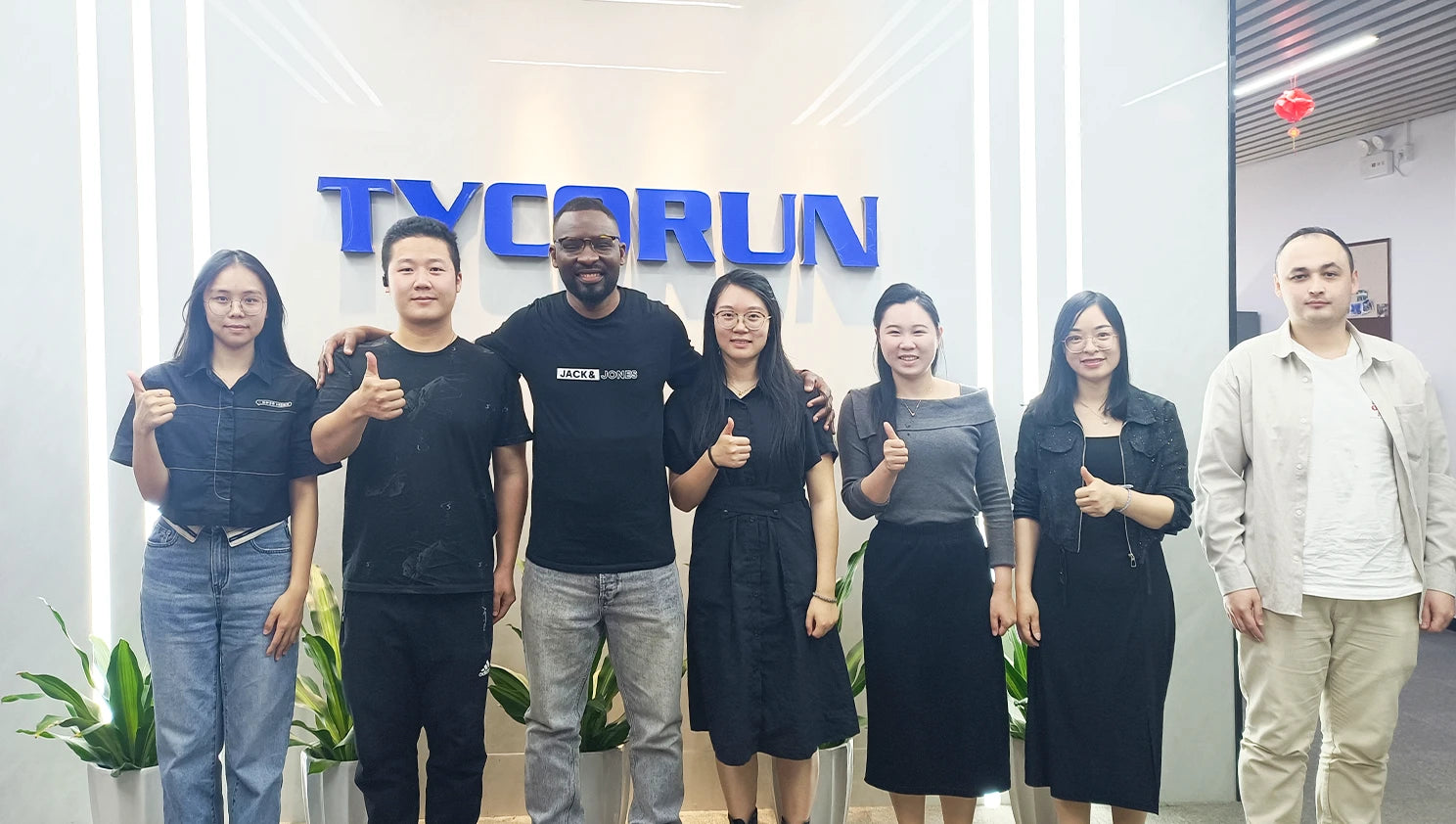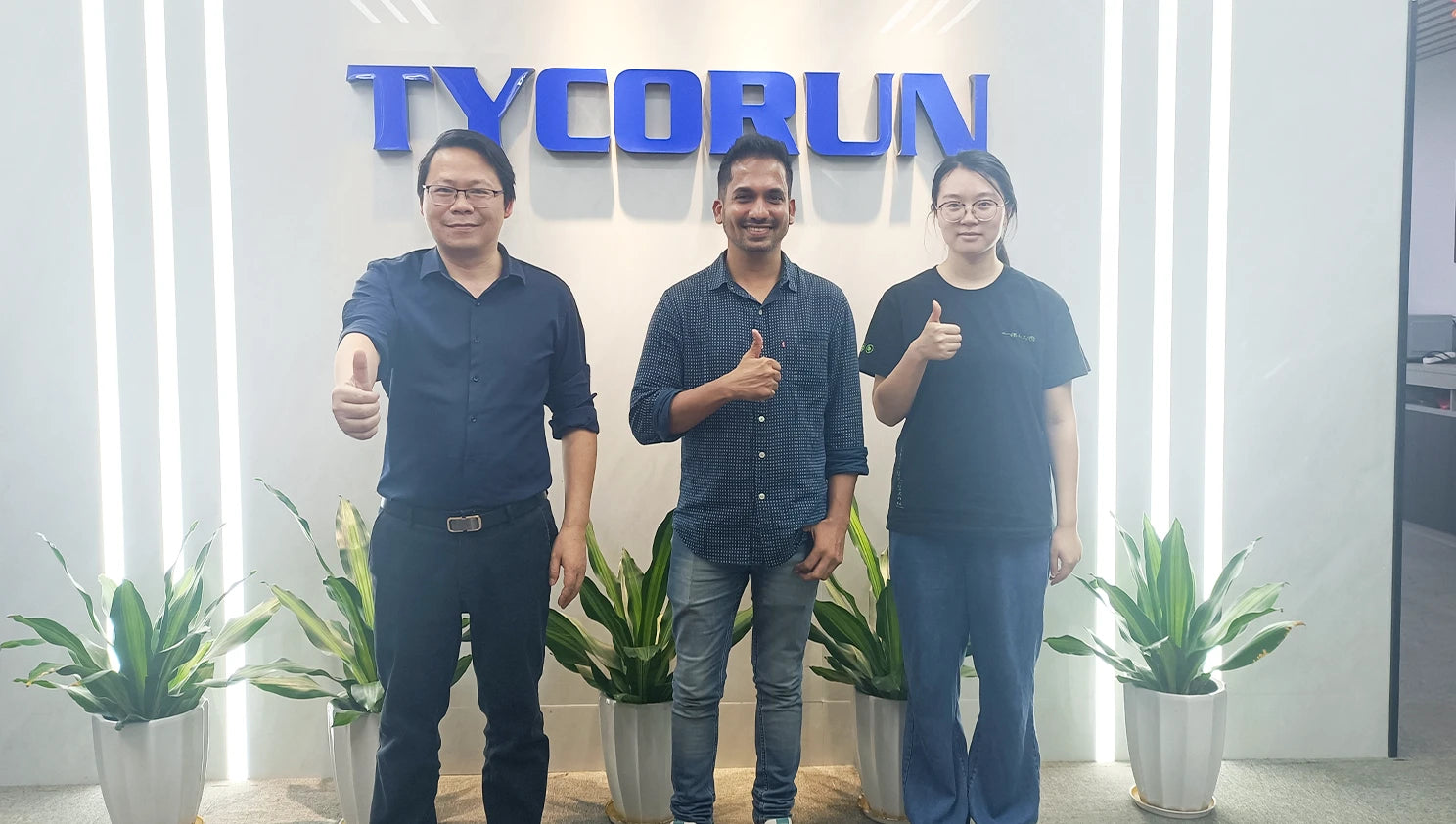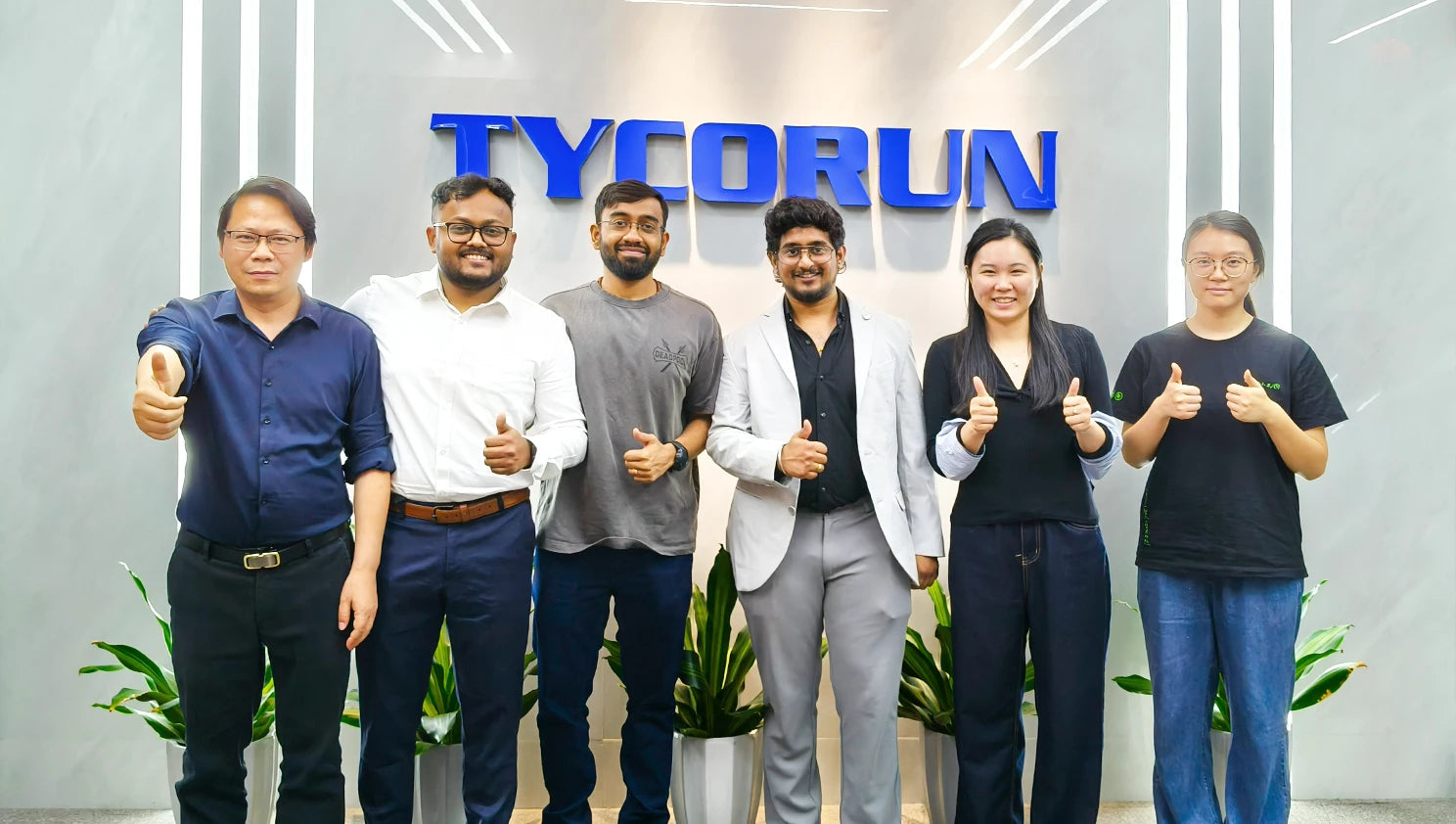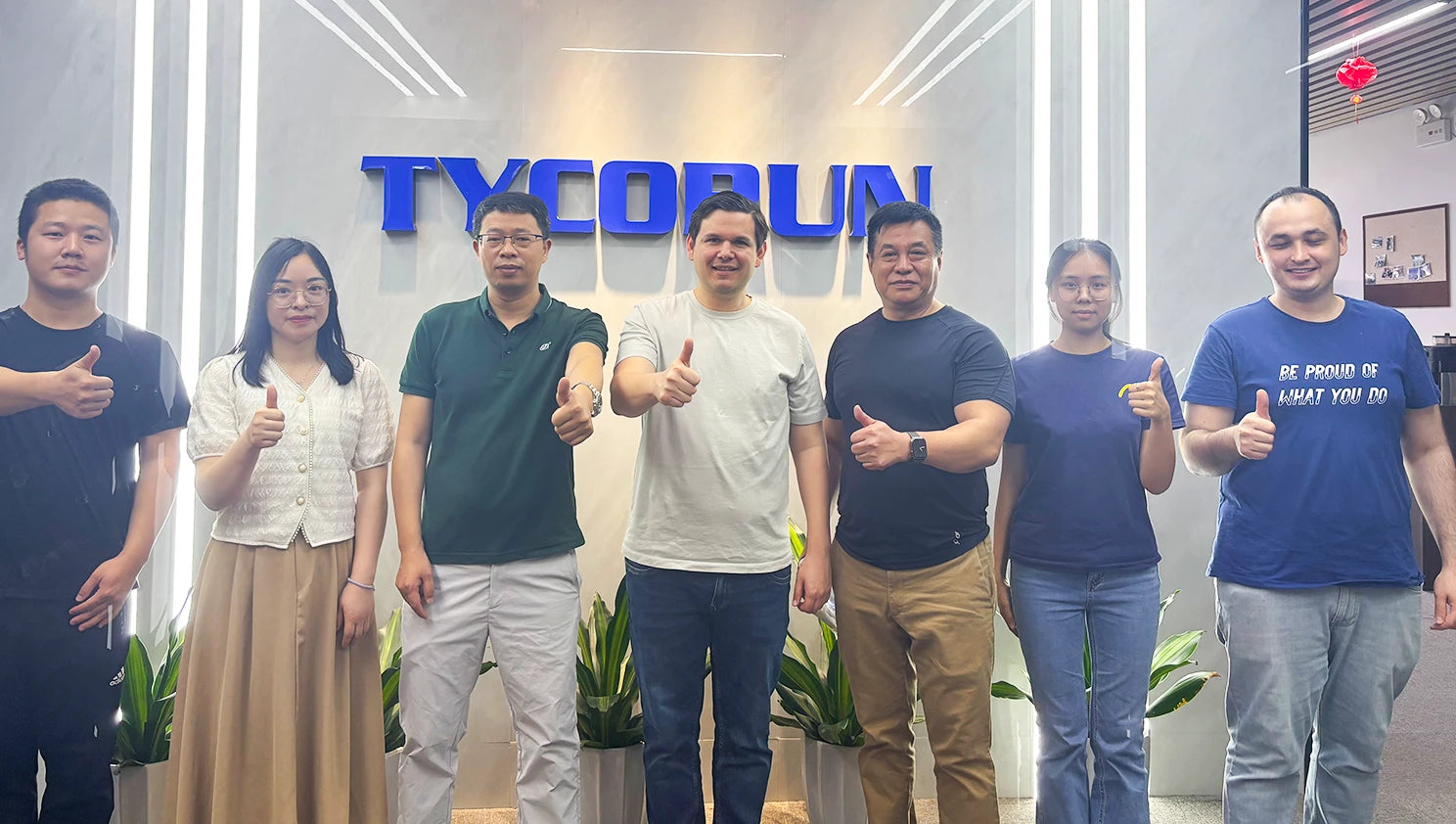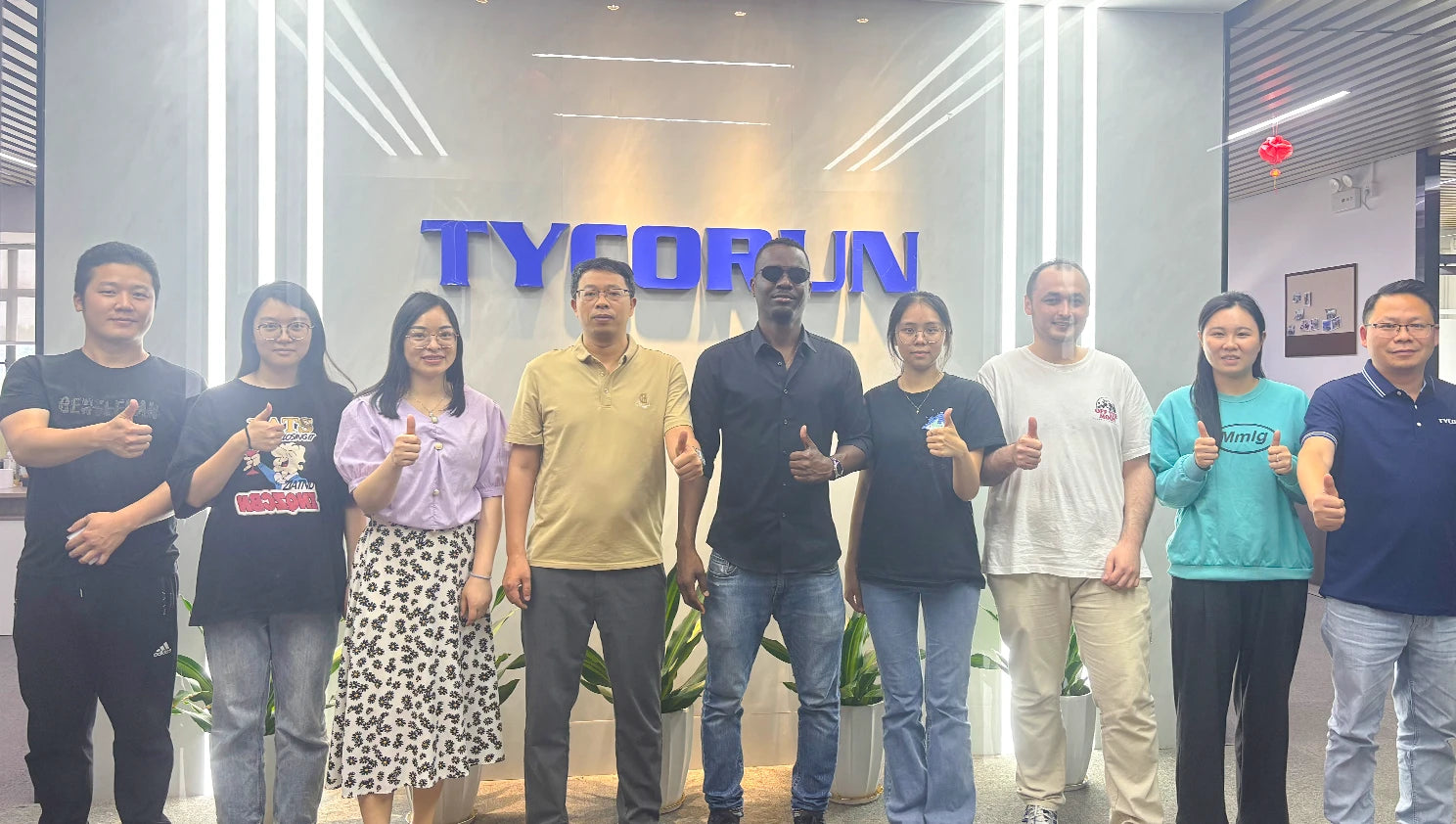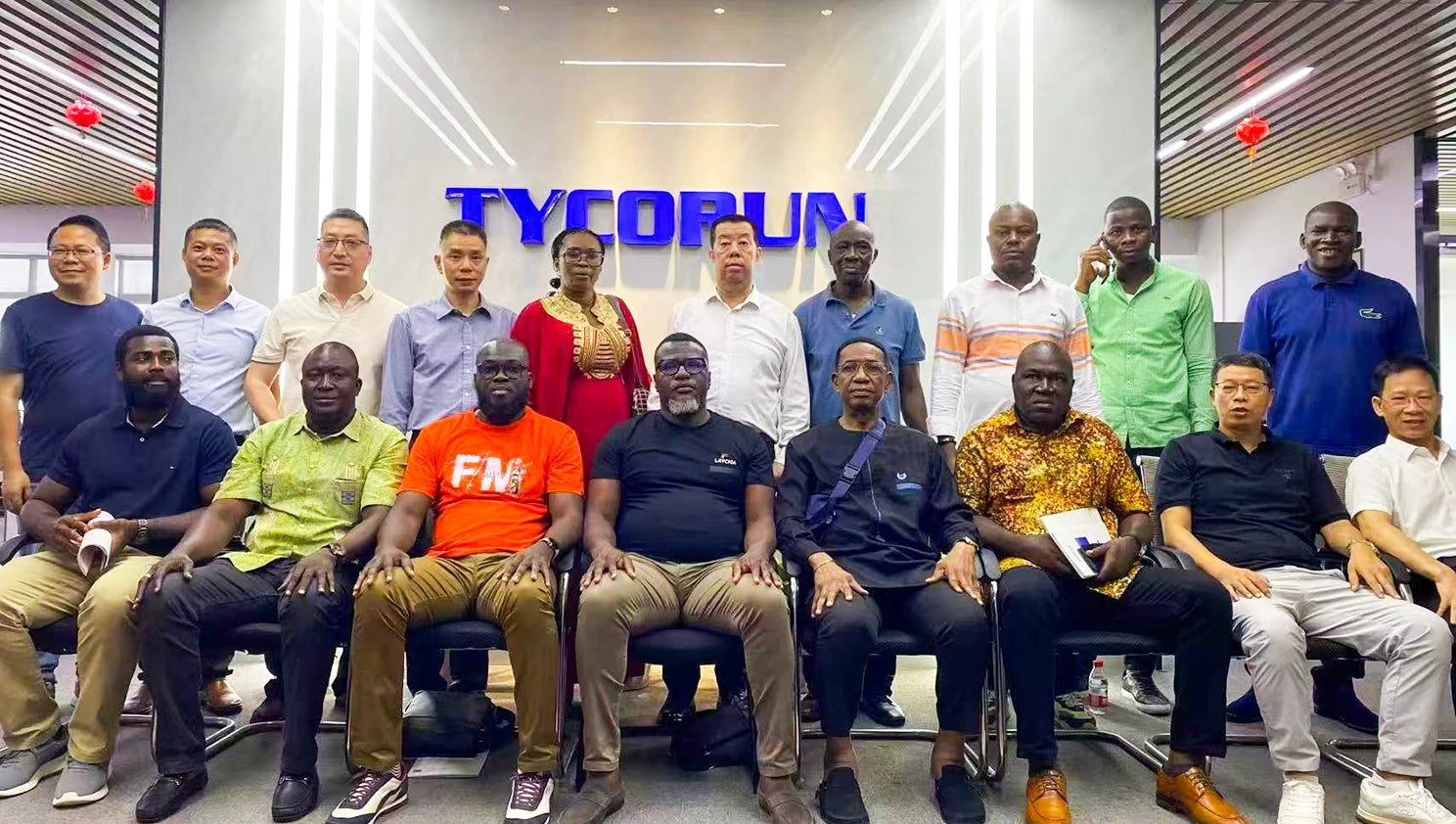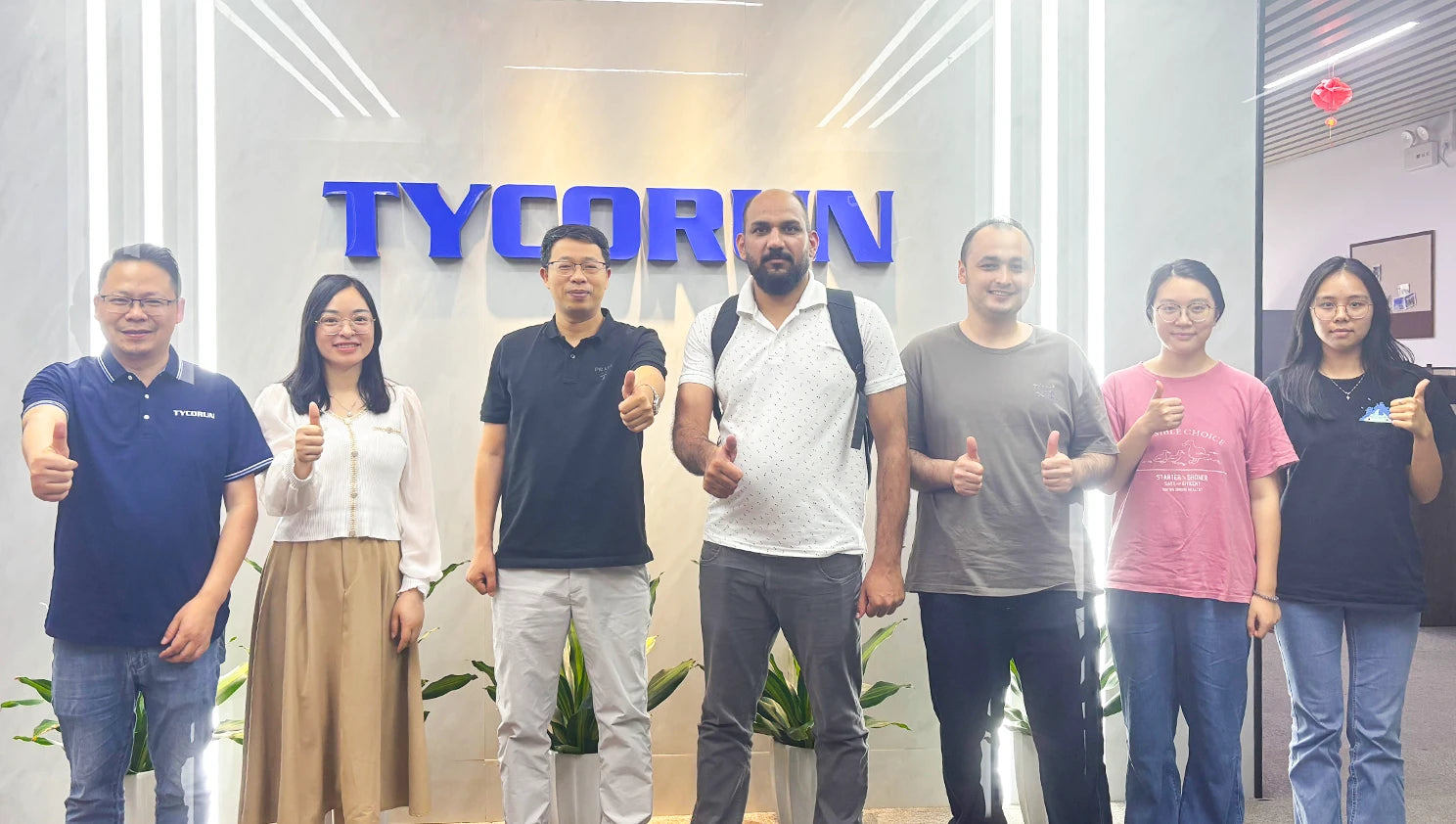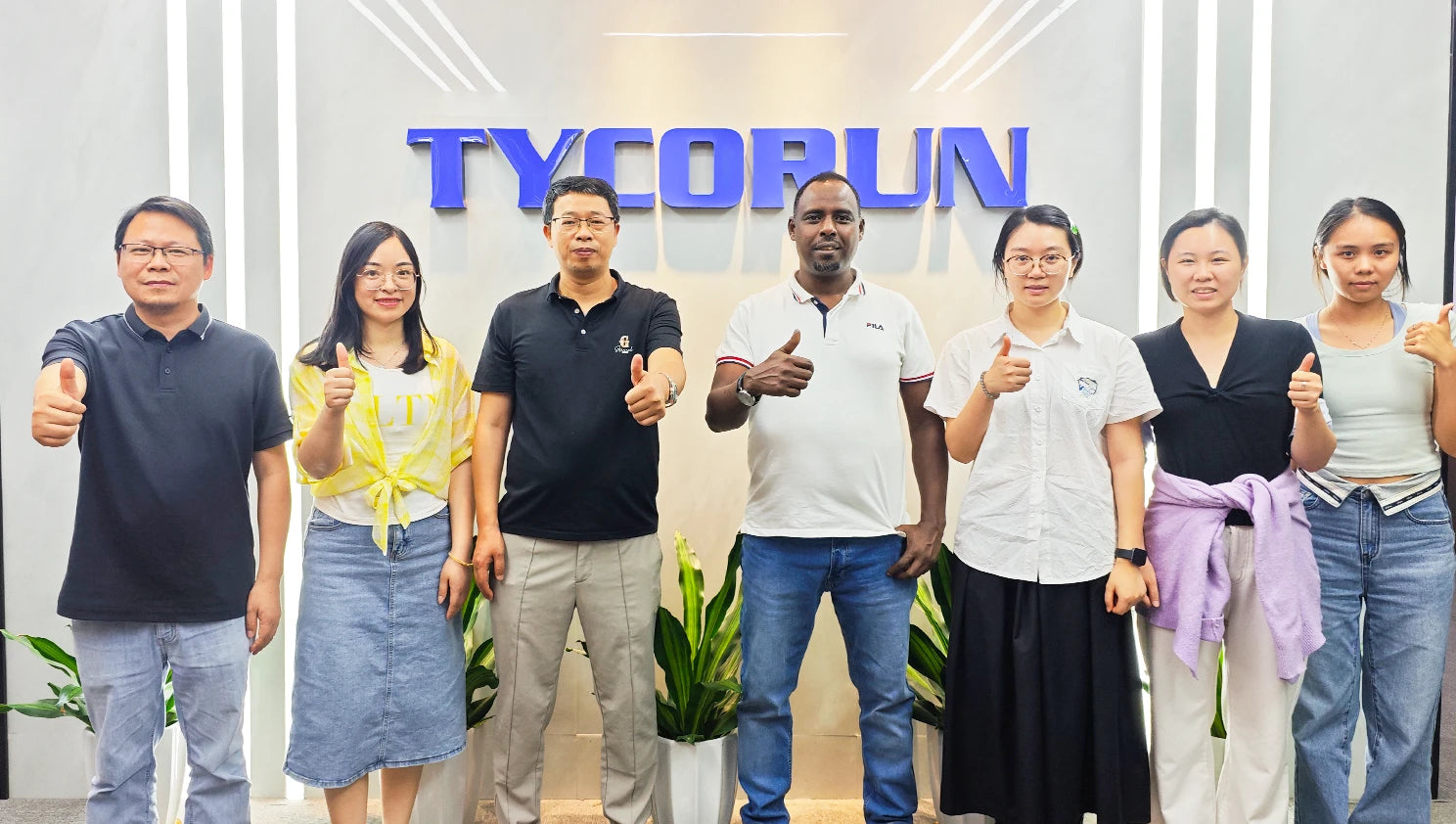
One-stop Battery Swap Station Solution Provider




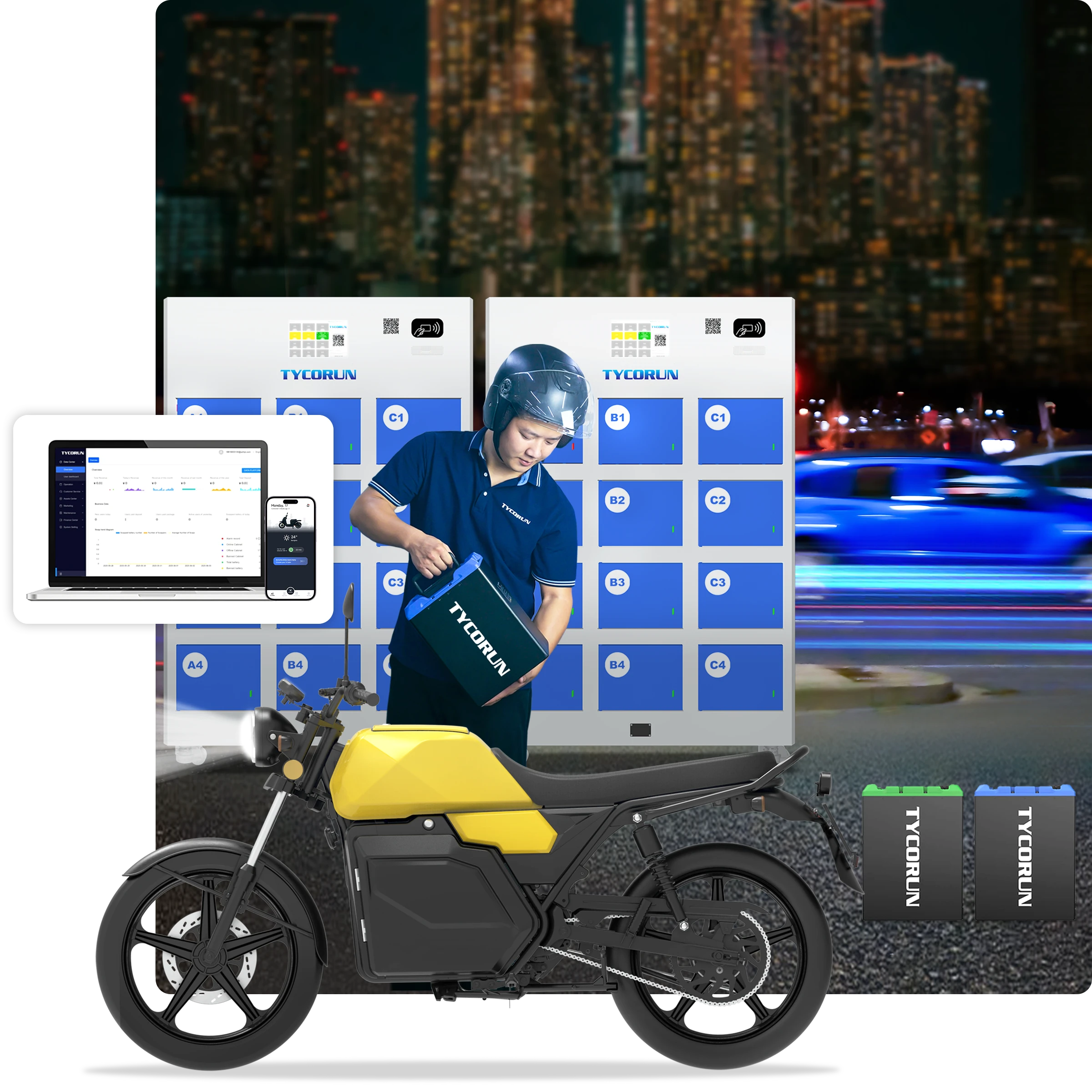
Click to explore our electric mobility energy solution
Help you deploy in your area and pave a way for a more sustainable and efficient mobility.
All-in-One Battery Swap System Overview
We provide comprehensive hardware, software and other services, covering product development to team building
Swapping battery
Provide standardized batteries with high energy density and stable performance that support different battery swap models, meeting diverse customer needs
Battery swapping cabinet
Intelligent cabinets are equipped with self-developed charging control system and offer multi-voltage and multi-slot configurations, ensuring efficient battery swapping.
Battery swap platform
Integrate swapping batteries and cabinets for precise real-time tracking, battery status management, feature configuration and data analysis.
Product development
We support customized development including batteries, cabinets and electric motorcycle or APP interface and features, as well as cloud-based management platforms.
Solution design
As a reliable battery swap solution provider, We develop tailored solution designs based on user cases, local infrastructure and your business goal.
Business model design
Provide recommended optimal pricing strategies based on market analysis to ensure profitability and user retention.
ROI Simulation
Develop a cost and return of investment to help you achieve the optimal balance between investment and profitability.
Team building
Help you plan, train a local team to operate the system efficiently and deliver exceptional service.

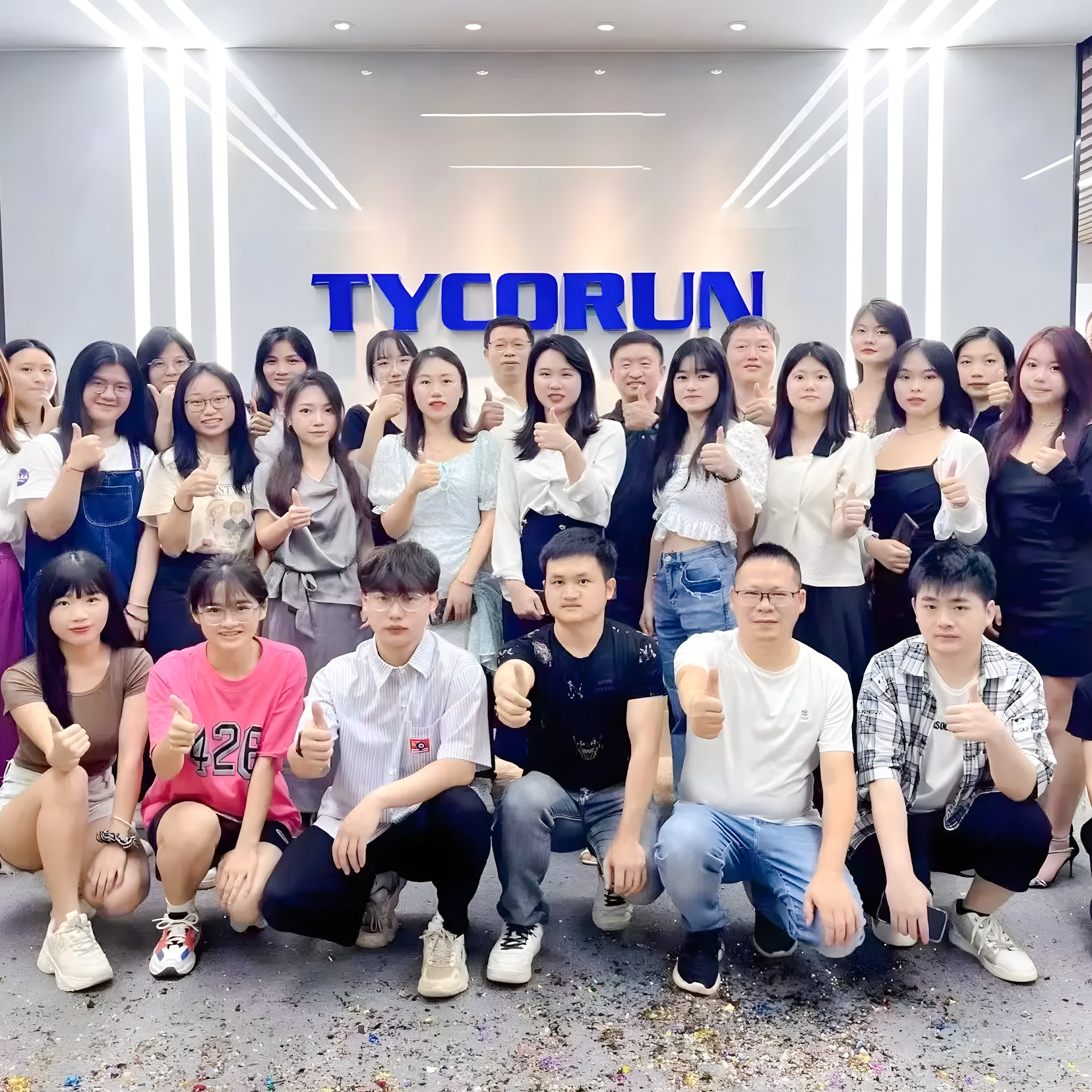
What Makes Us the Global Game-Changer in Battery Swap Solutions
As a battery swap solution provider, we empower clients with the tools they need to succeed in diverse local markets.
Initial Process Guidelines for Battery Swap Business Model
Investigate the local market conditions
Evaluate the local population, vehicle volume, fuel price difference, rider patterns and existing power structure,and analyze whether it is suitable to introduce the battery swapping system.
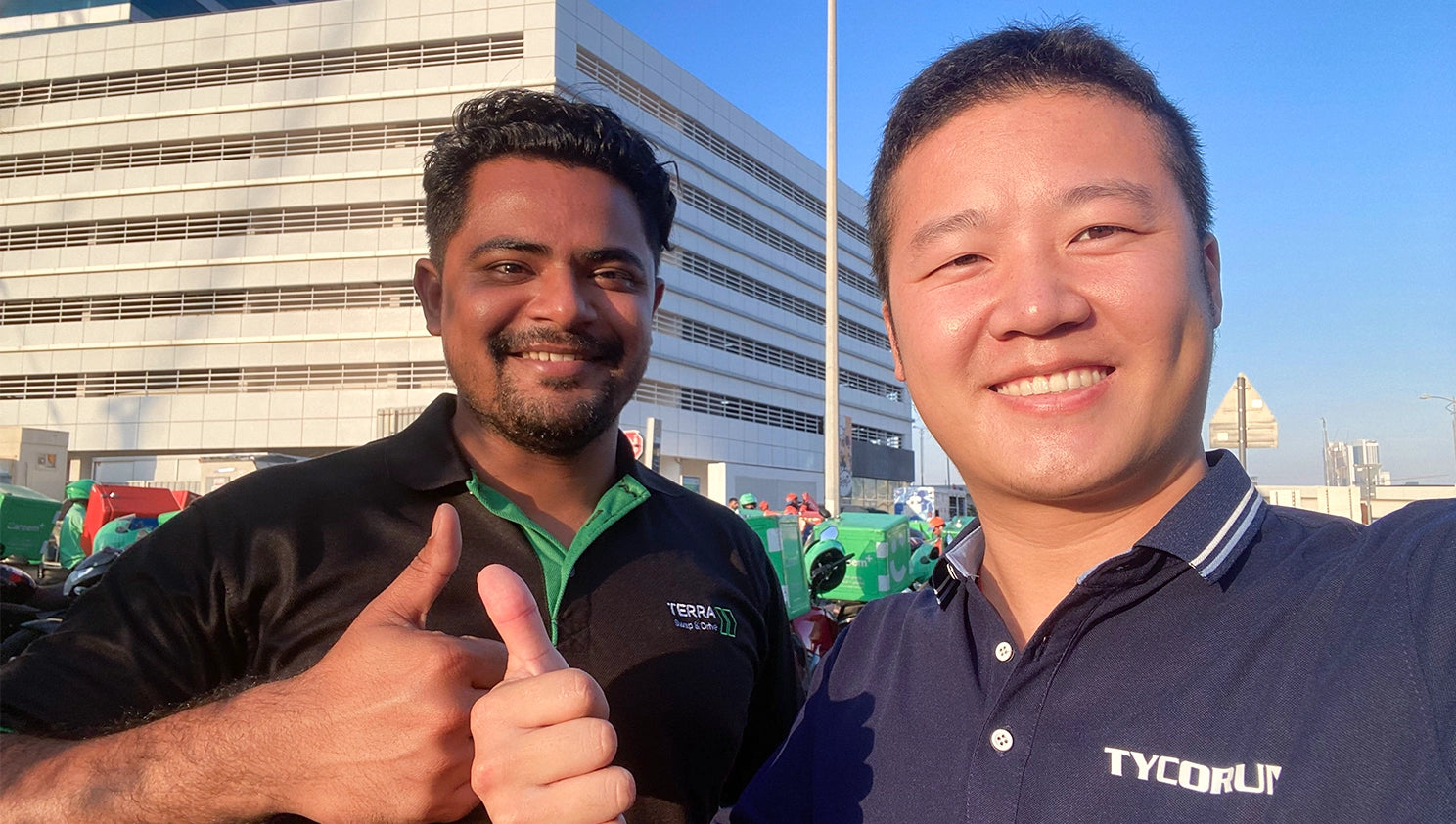
Investigate the operational environment
Understand the climate, power stability, policy support, urban traffic conditions and public security situation, to reserve time and cost for the product to be launched in compliance with regulations
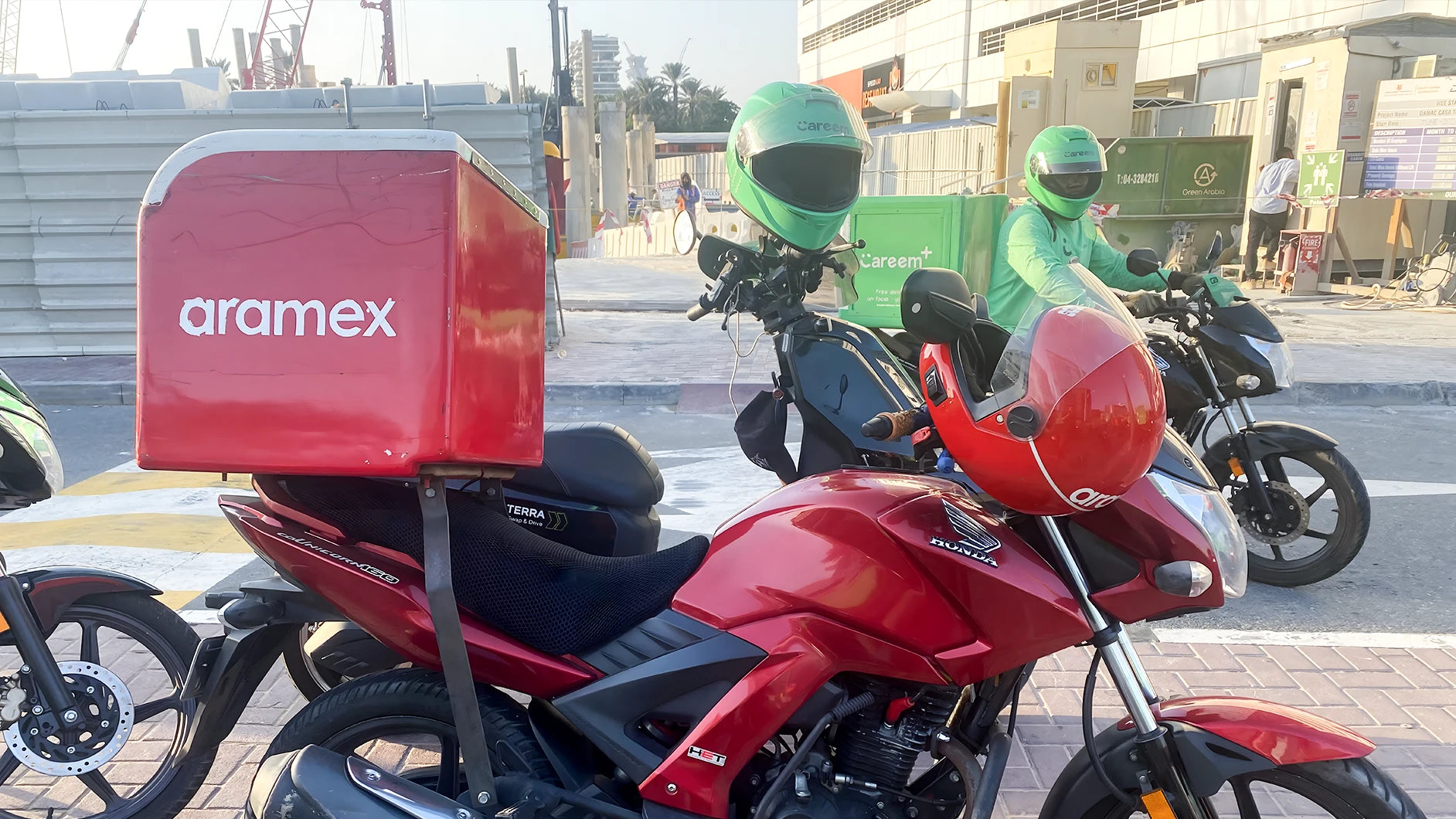
Define requirements and determine product specifications and plans
Based on the usage needs of the target market, we, as a professional battery swap solution provider, determine the business model, and formulate payment strategies (monthly/per-swap) and target customer groups (platform/freelance riders).
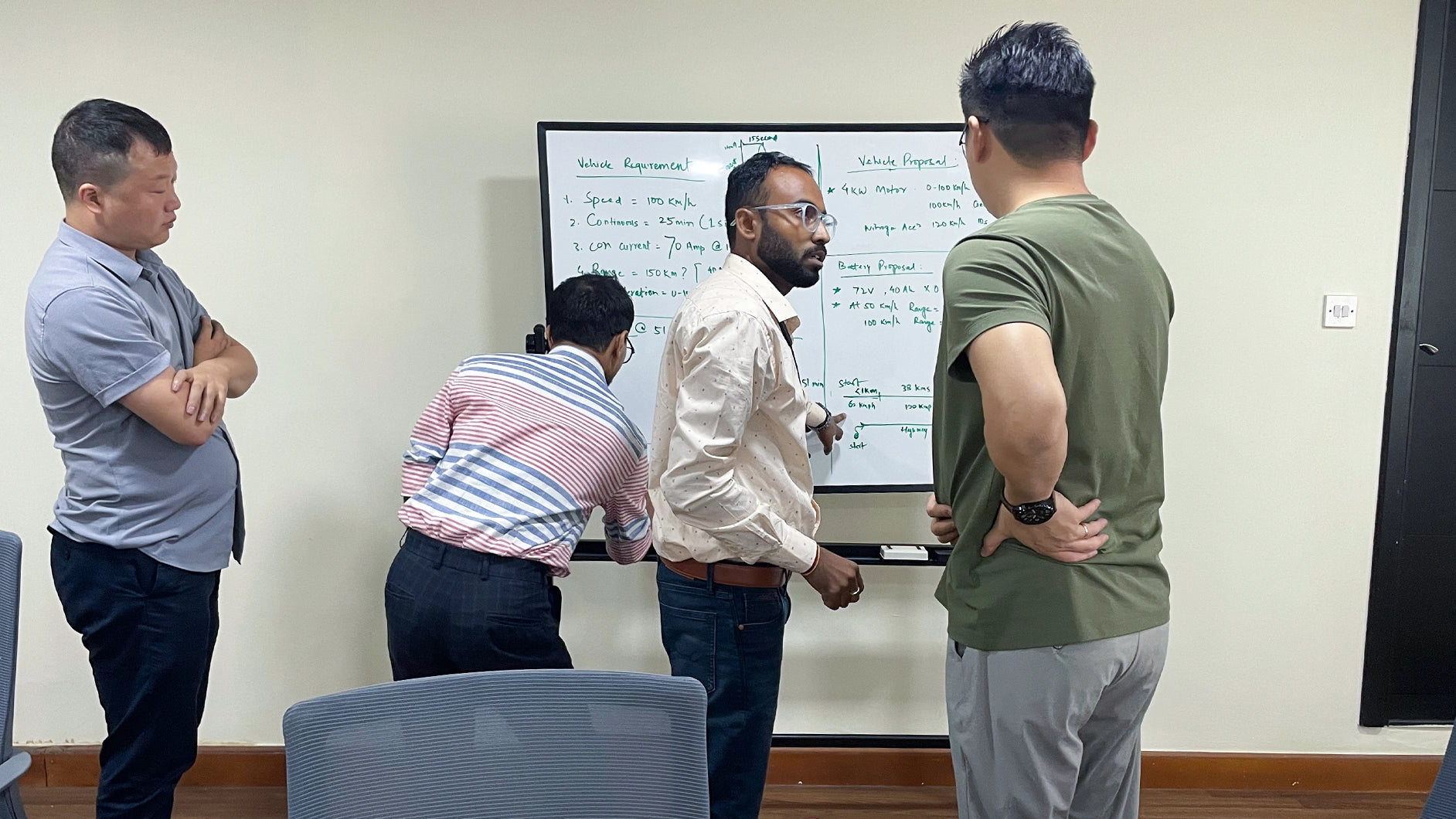
Pilot operationts
Carry out a small-scale pilot to verify the product performance, and promptly adjust the operation strategy based on rider feedback and battery swapping data.
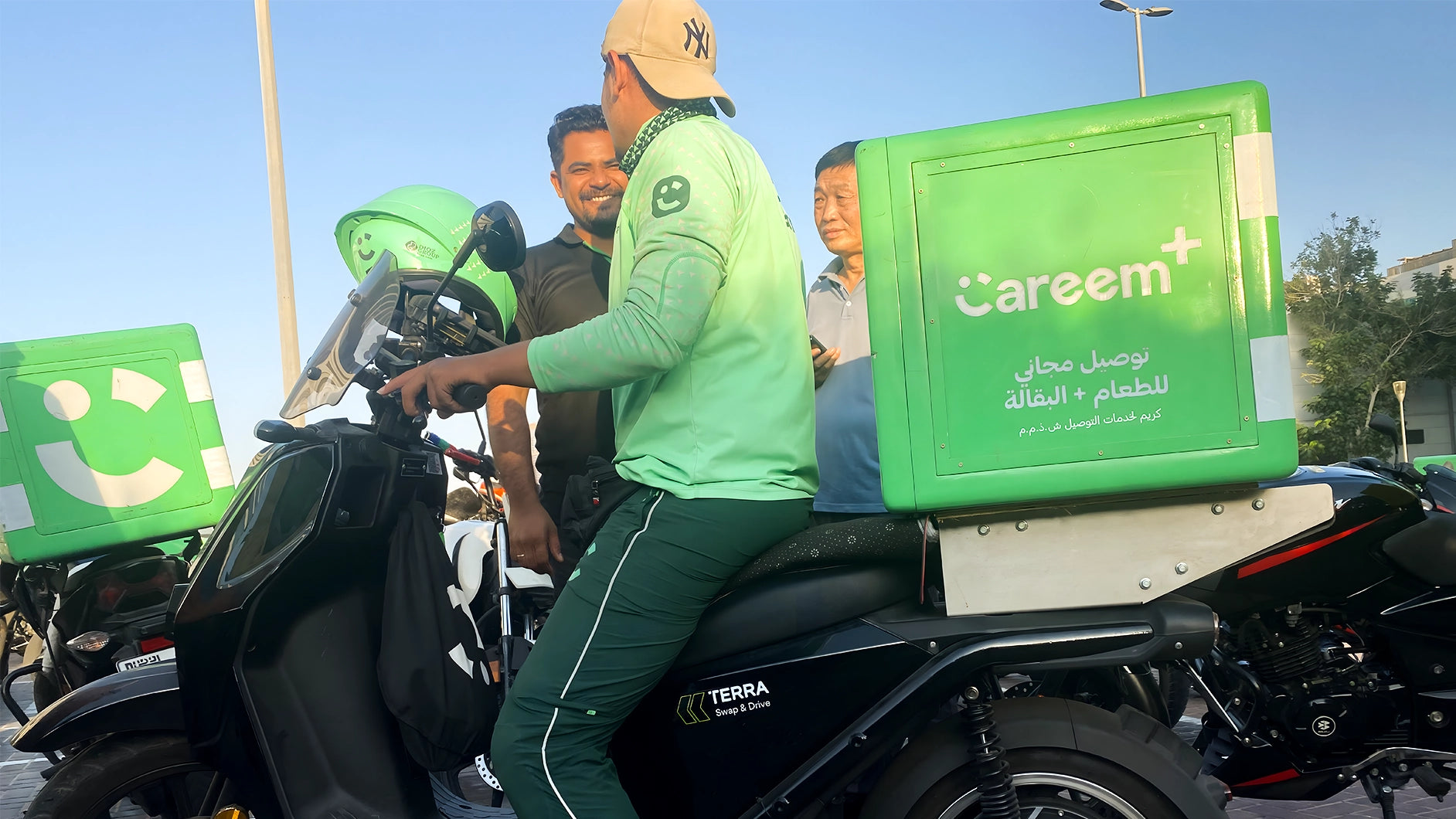
Establish an operation team
Form a dedicated local team to be responsible for the daily maintenance of the project, customer service, data analysis, and platform operation.
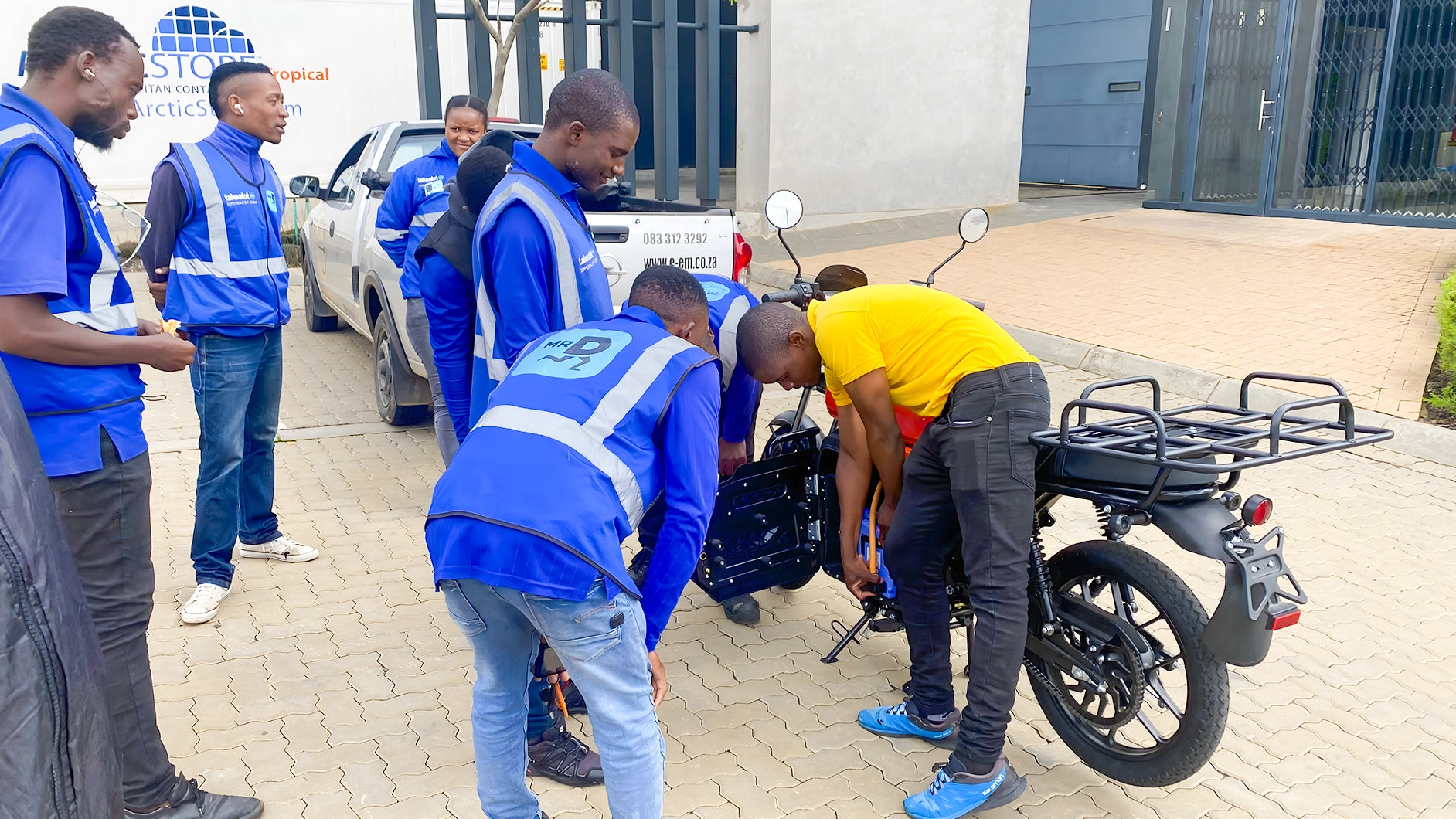
Batch deployment operations
Expand the deployment of battery swap cabinets and vehicles, optimize the operation and maintenance system, platform backend, billing system and customer service system, and enhance the overall profitability.
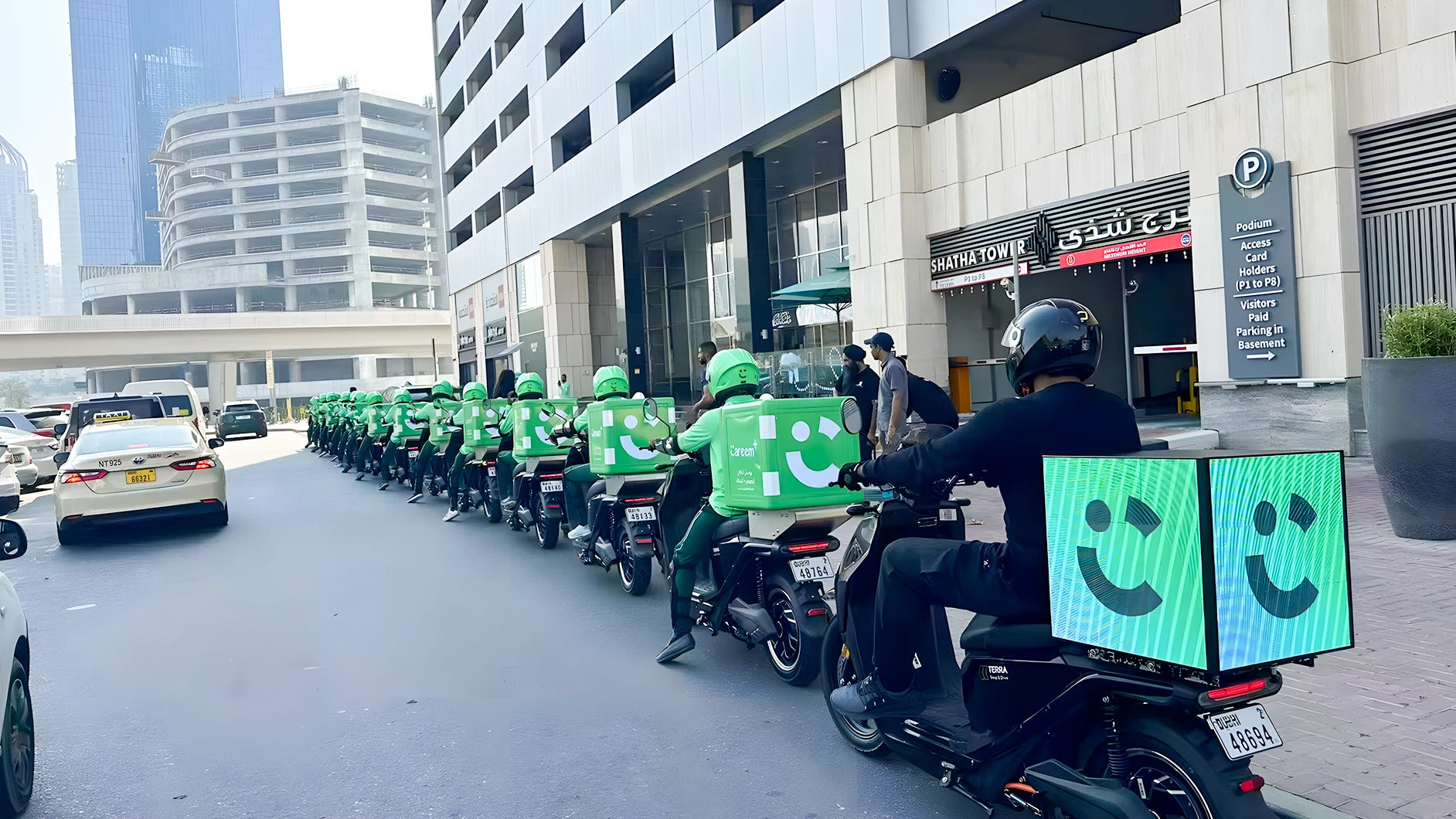






Key Product Categories Offered by a Battery Swap Solution Provider
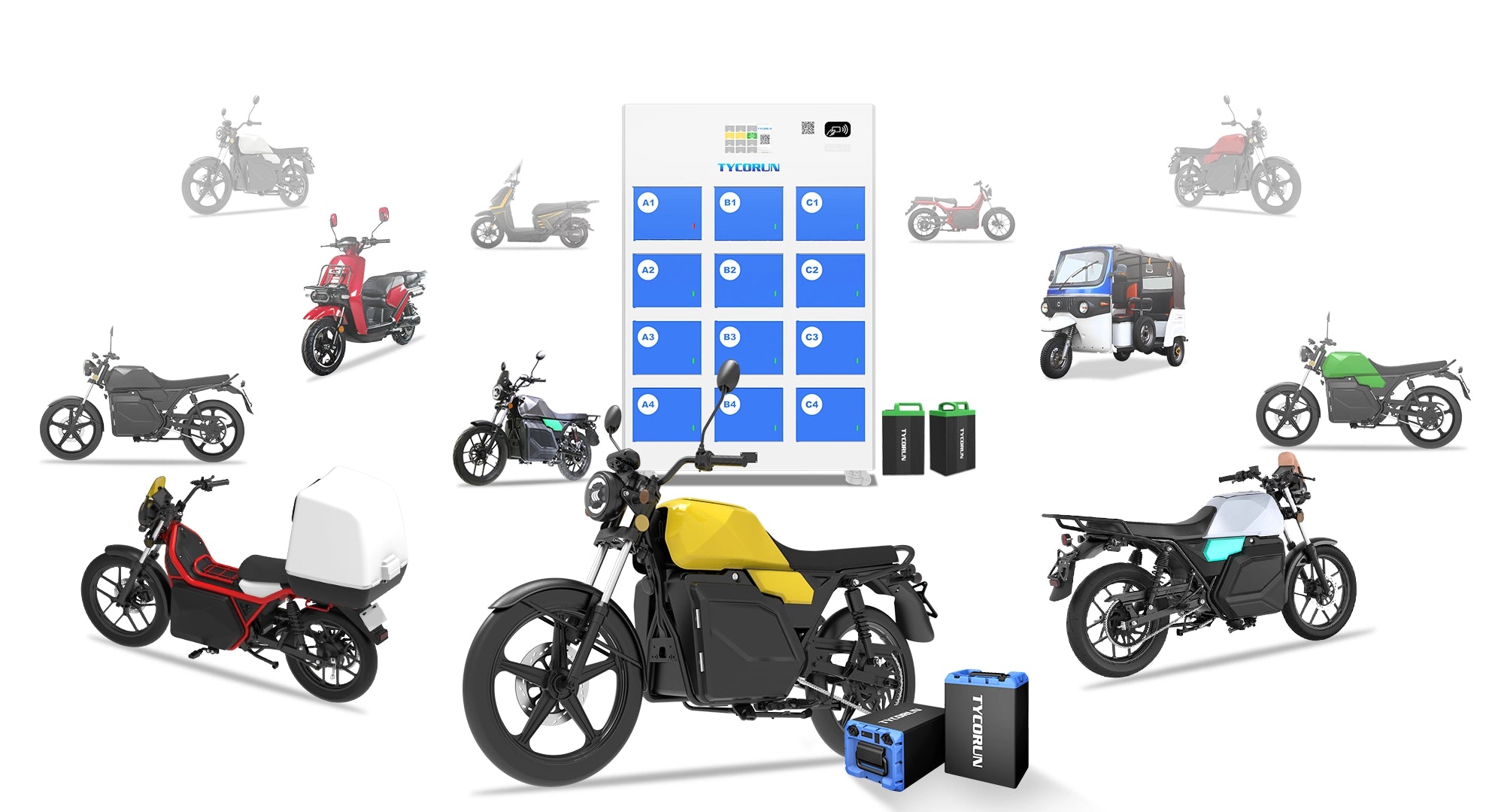
Global Client Cases of Battery Swap Solutions
Insights & Updates
Battery Swapping Station Solution
Basic Battery Swapping Solution
Covering batteries, cabinets, motorcycle, APP and cloud platform.
- Cost optimization
- Rapid deployment
- Standard interfaces
- Data-driven remote platform management
Upgraded Solution with Solar ESS
Ideal for regions with unstable power grids and abundant solar resources,
- Integrated solar panels
- energy storage system(ESS)
- Power self-sufficiency
- Suitable for remote areas
- Reduced operational electricity costs
Fuel-to-Electric / Lead-to-Lithium
Upgrade fuel vehicles or lead-acid electric vehicles to lithium battery powered
- Higher energy density
- Improved battery life
- Fast charging
- Reduced replacement frequency
- Quick adaptation to existing fleets
- Cost reduction and extended range
Customizable Battery Swap Solution
Flexible battery swap modules, business plan, and patent application assistance.
Questions & Answers
Riders can complete the battery swap in just 15 seconds, which improves the efficiency of their order acceptance. At the same time, the batteries are centrally managed by the platform, and the system can immediately know which cabinets have batteries, which ones are fully charged, which ones are charging, which ones are usable, which ones need maintenance.
We offer customized development services, including battery size, voltage, and interface type. We can adapt to different brands and specifications of two-wheeled or three-wheeled electric vehicles, meeting the needs of various vehicle models such as urban delivery, food delivery, express delivery, and passenger transportation.
No, it is not necessary. We can adopt standardized battery specifications and interface designs. The battery swapping platform supports multi-language, and background management, and has good scalability, enabling it to be quickly replicated in other cities or countries.
Yes. We offer a one-stop service, including team training, site planning, battery and battery cabinet deployment, system platform integration, as well as long-term after-sales and data analysis support, to ensure that our customers can operate sustainably and achieve a quick return on investment (ROI).

